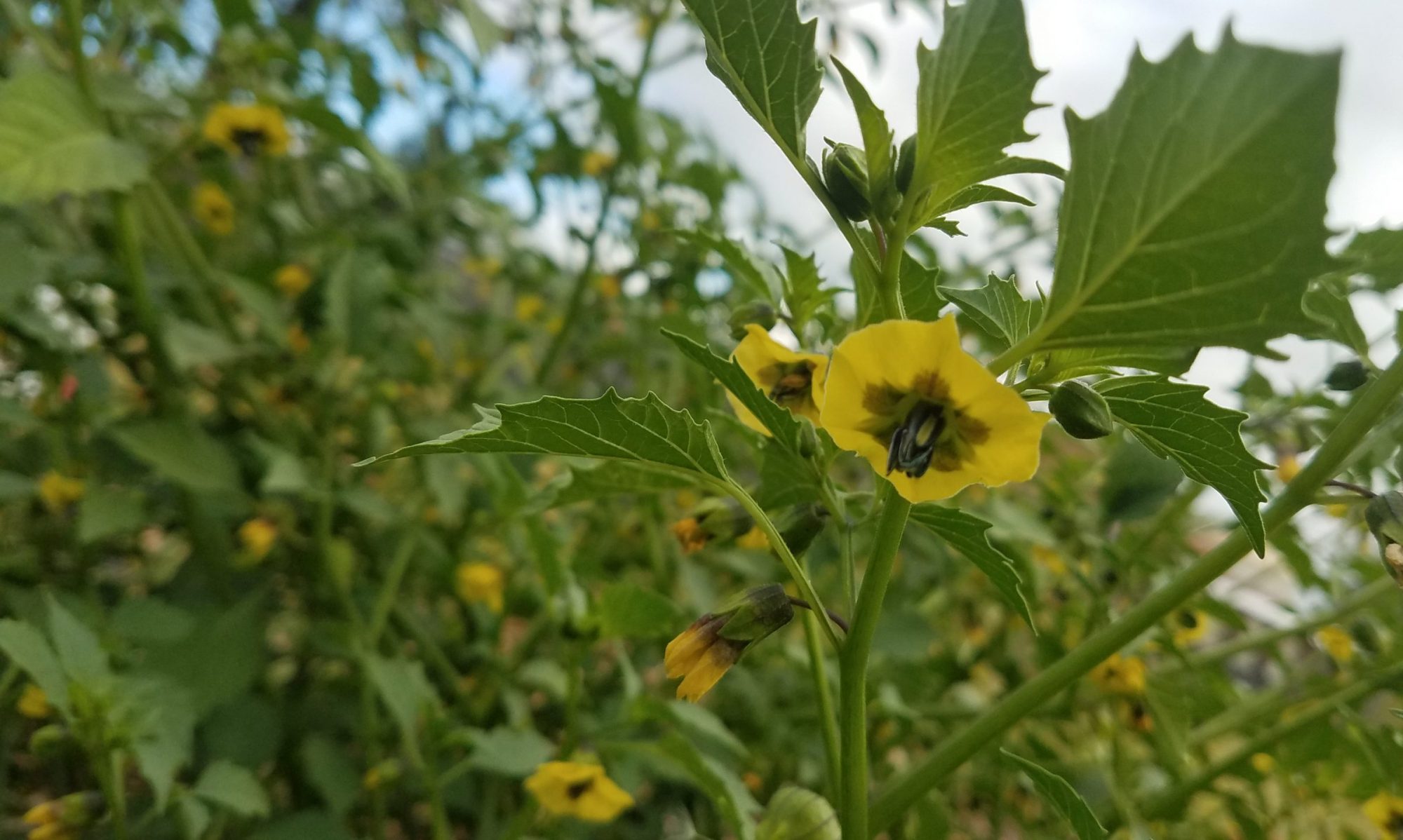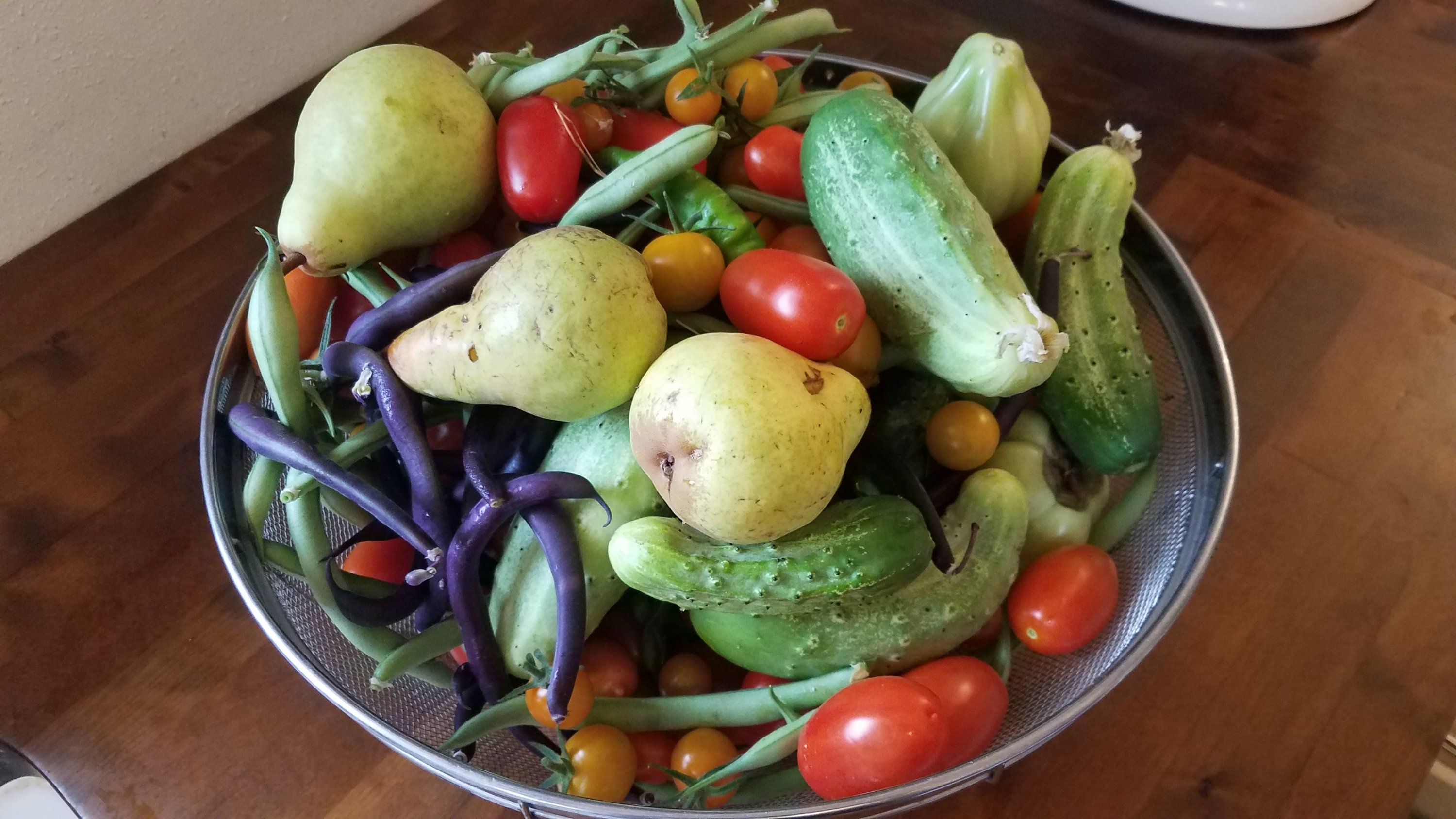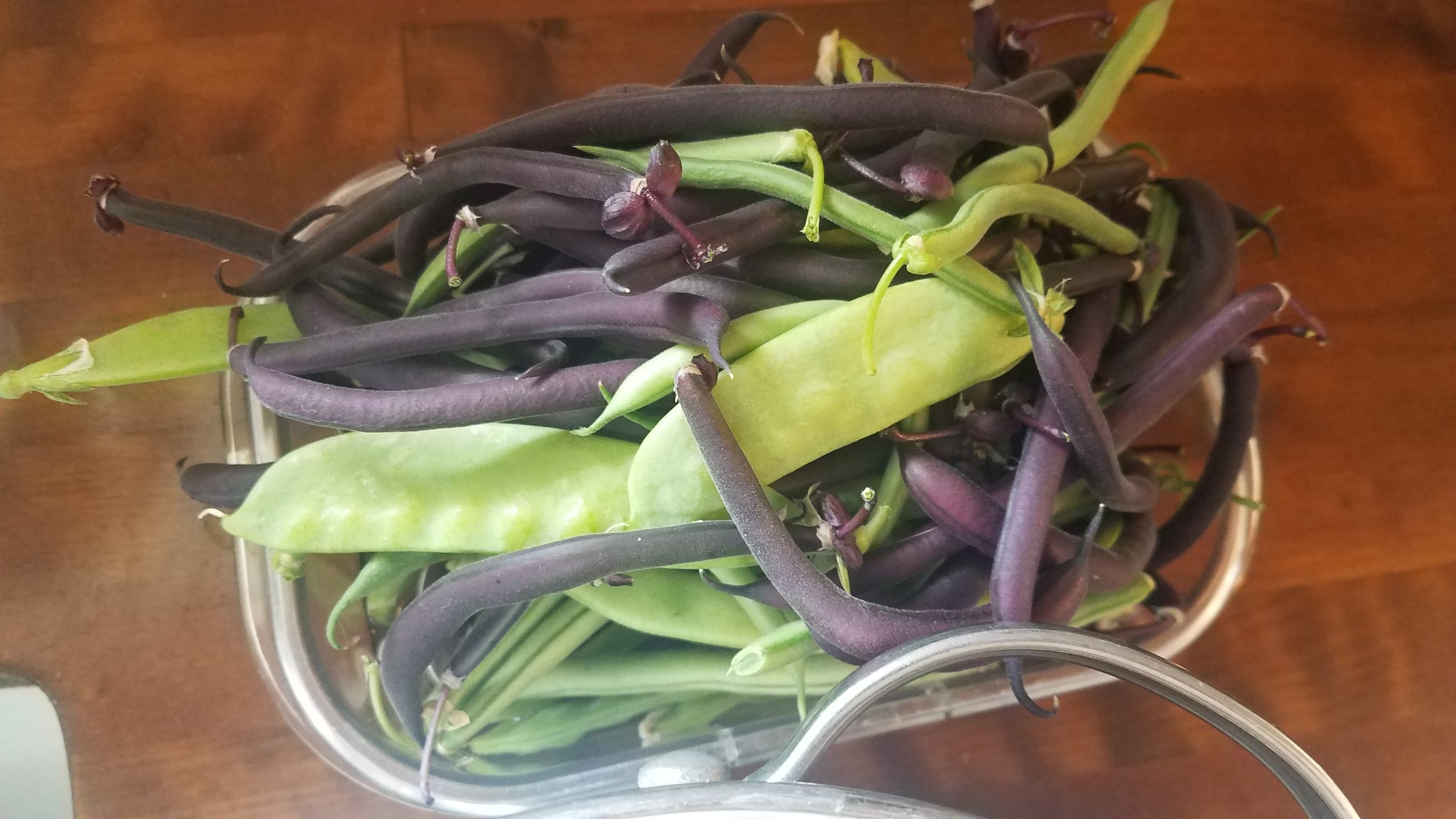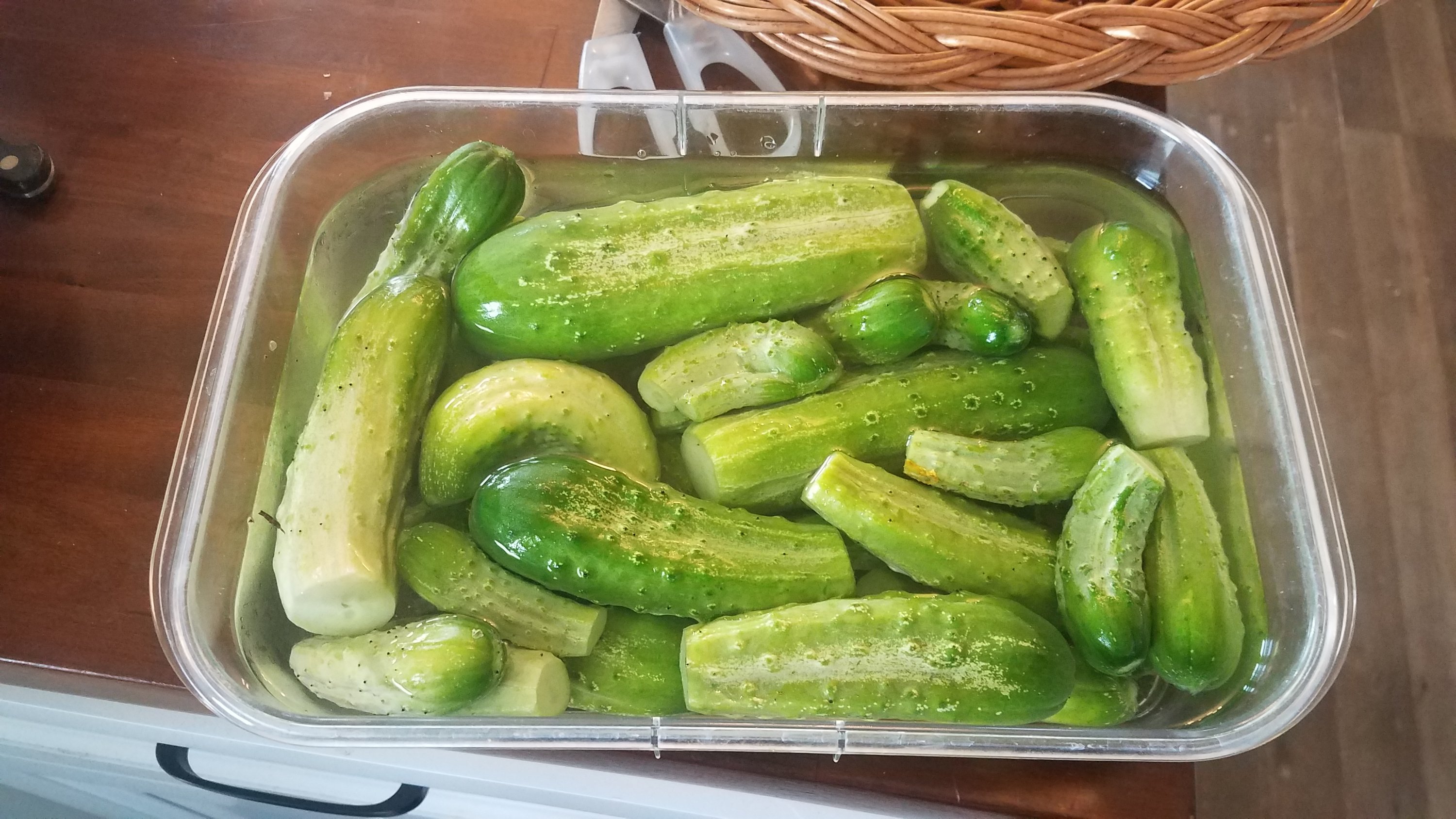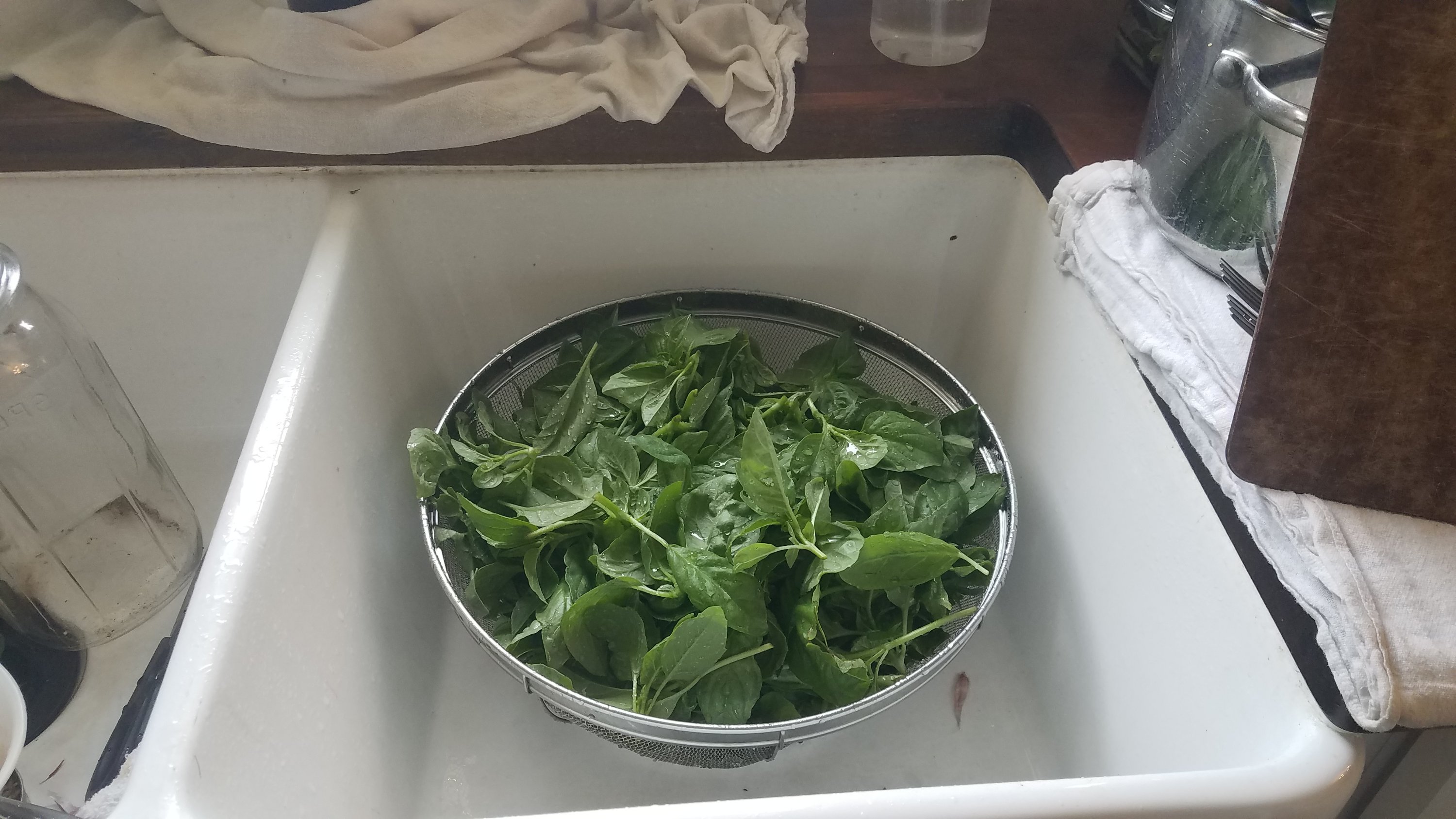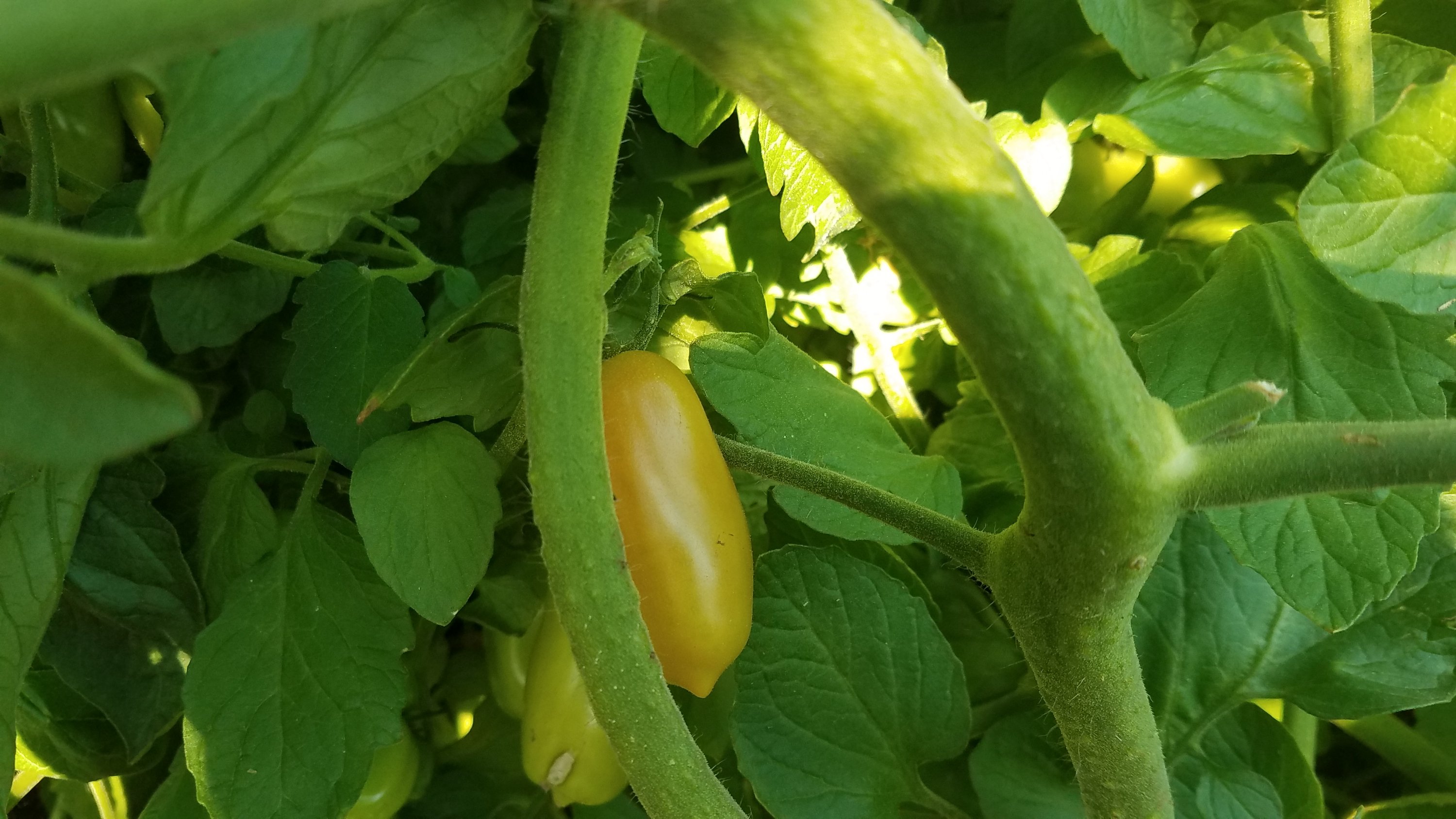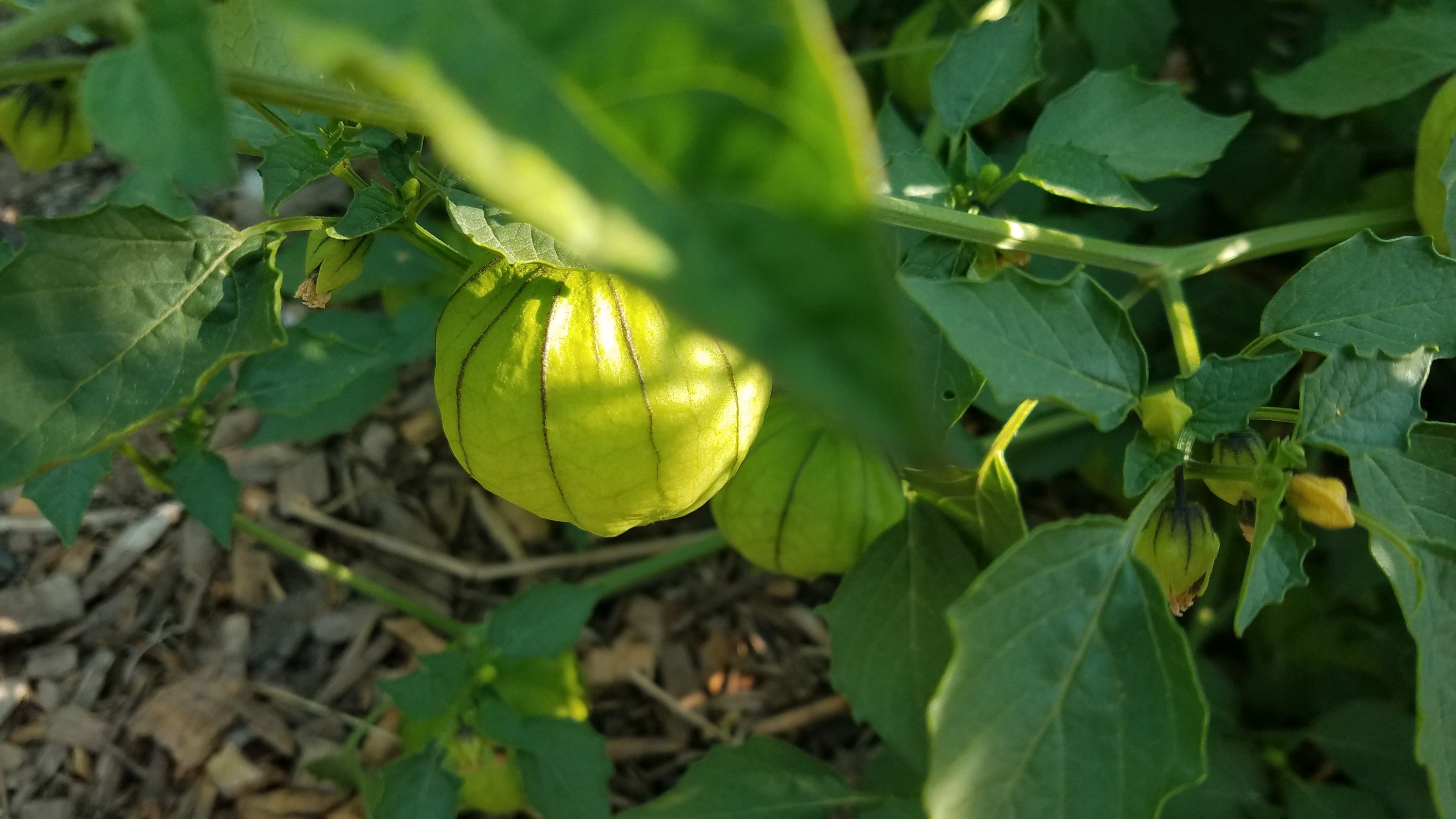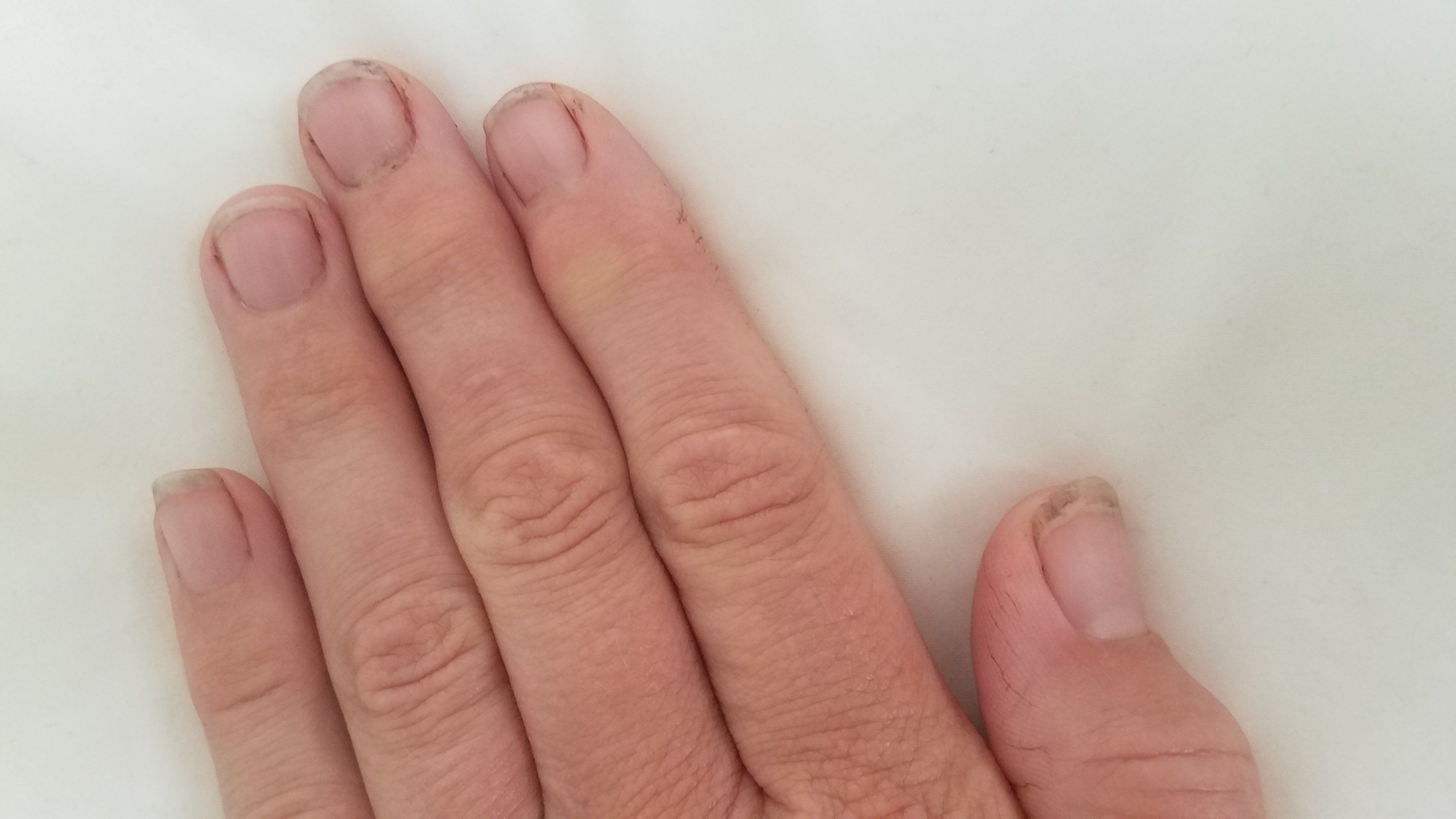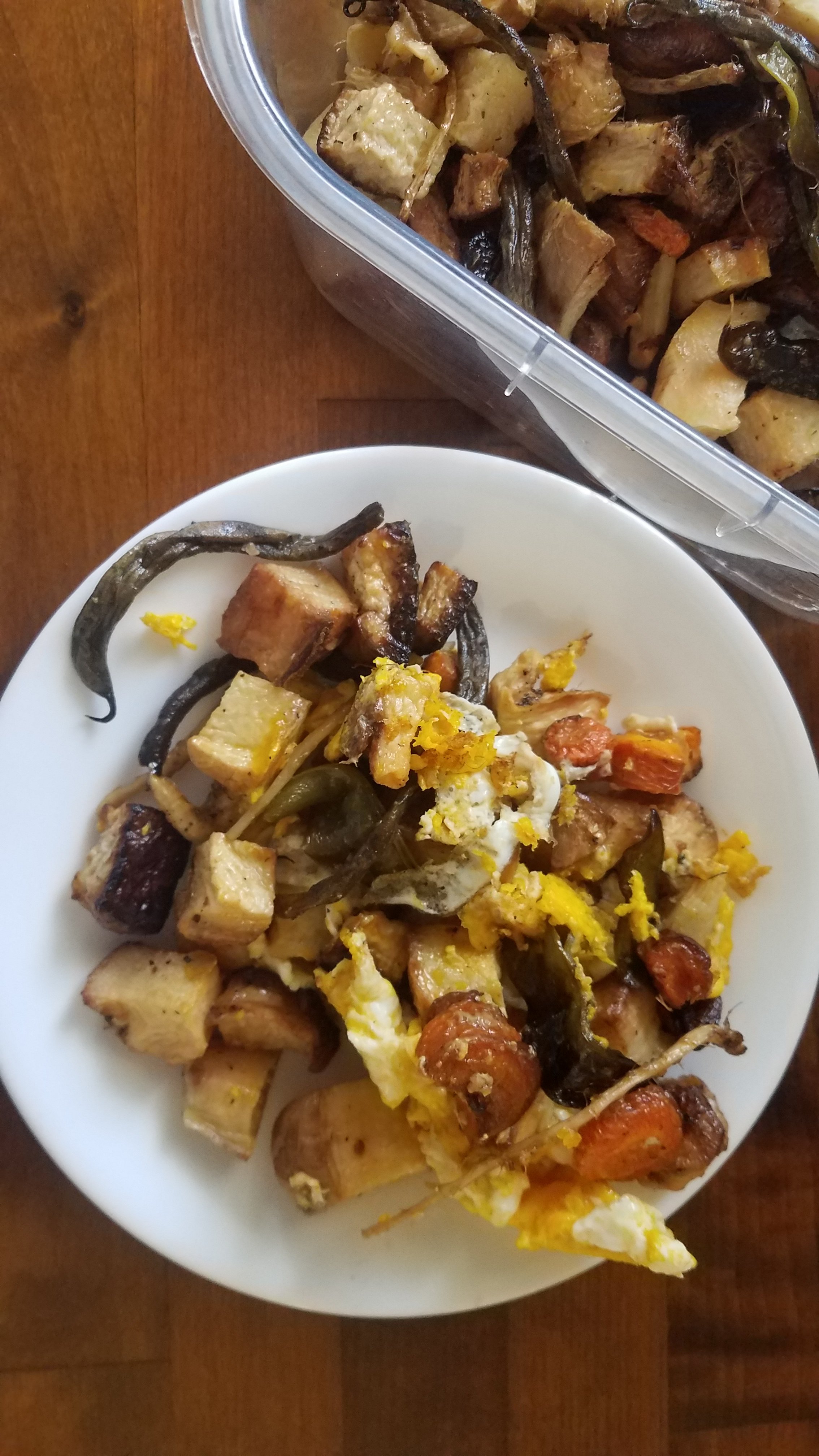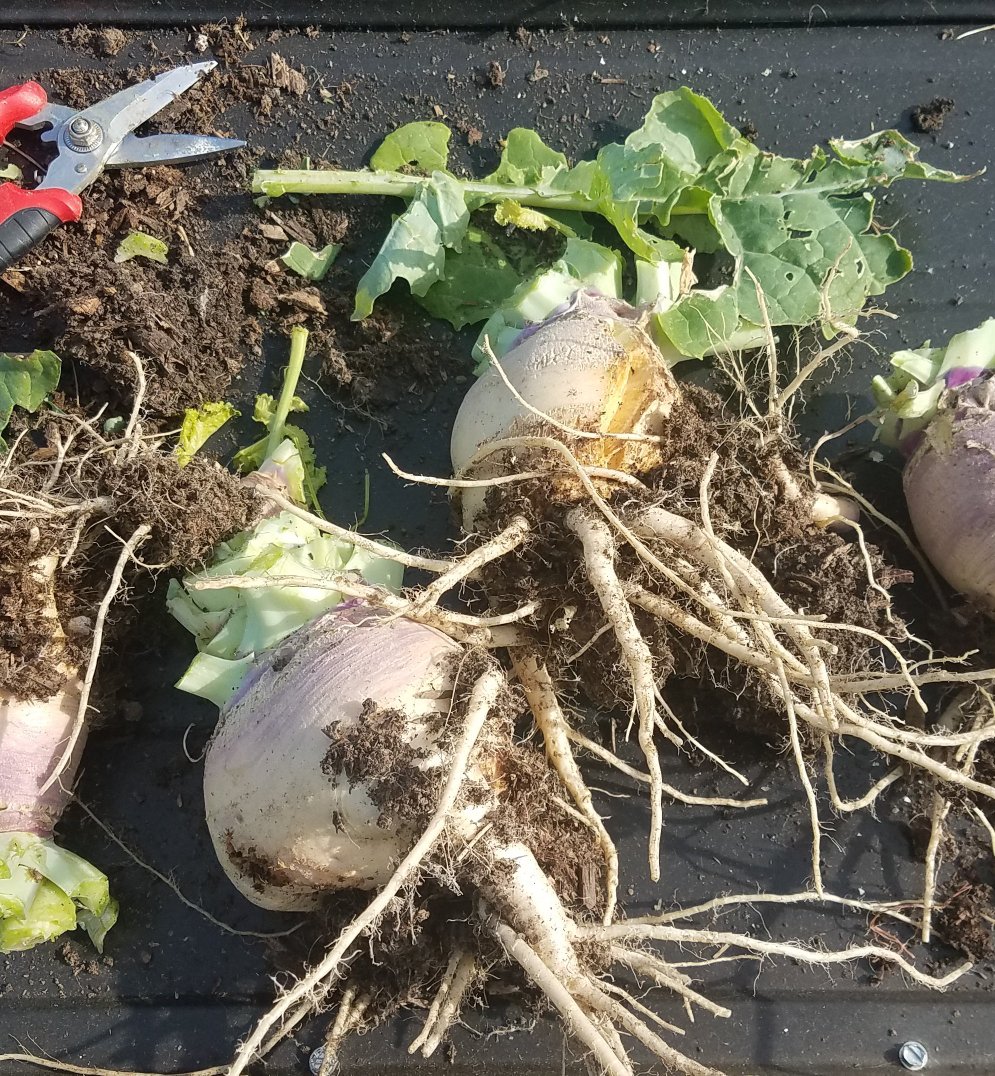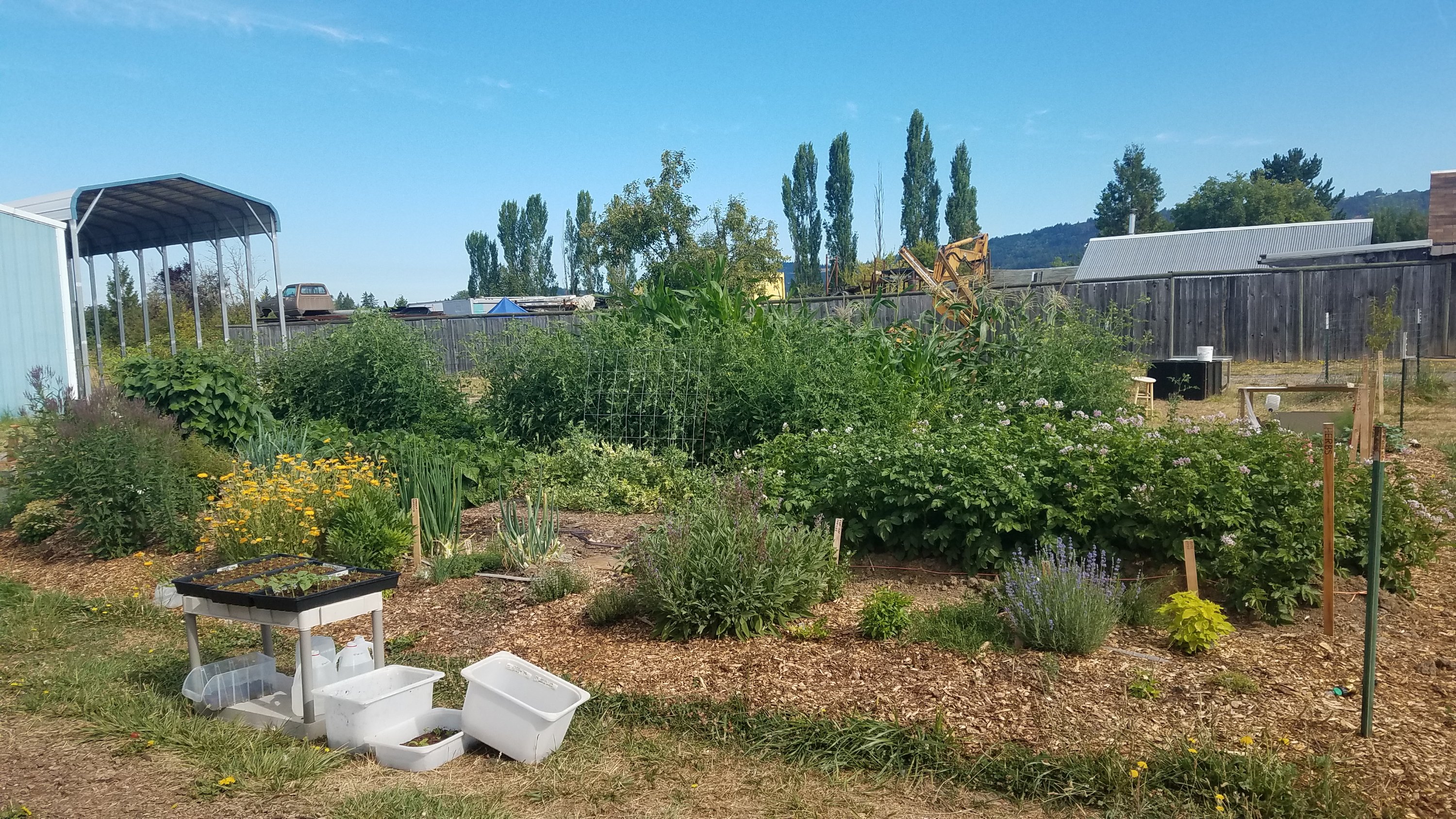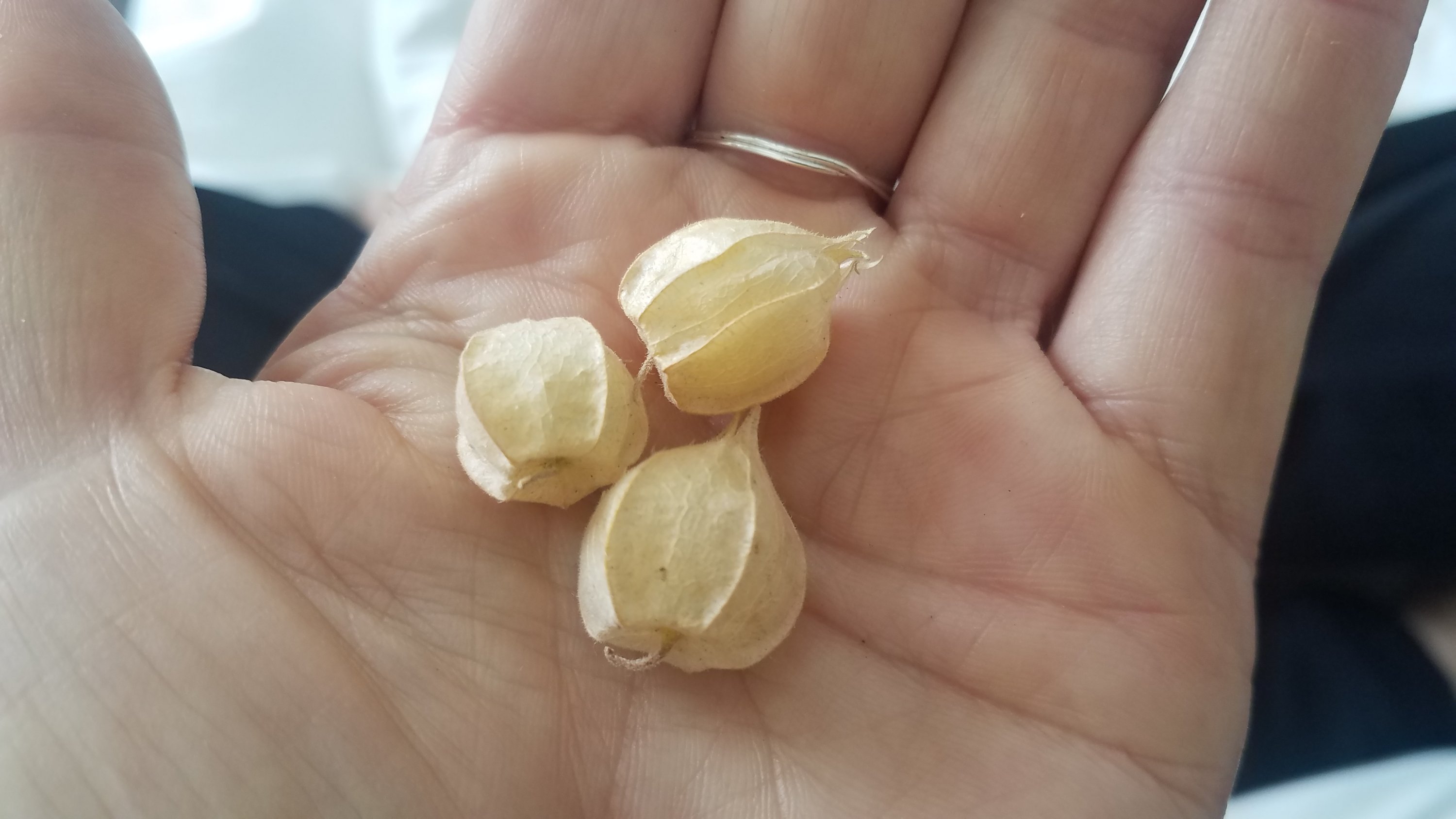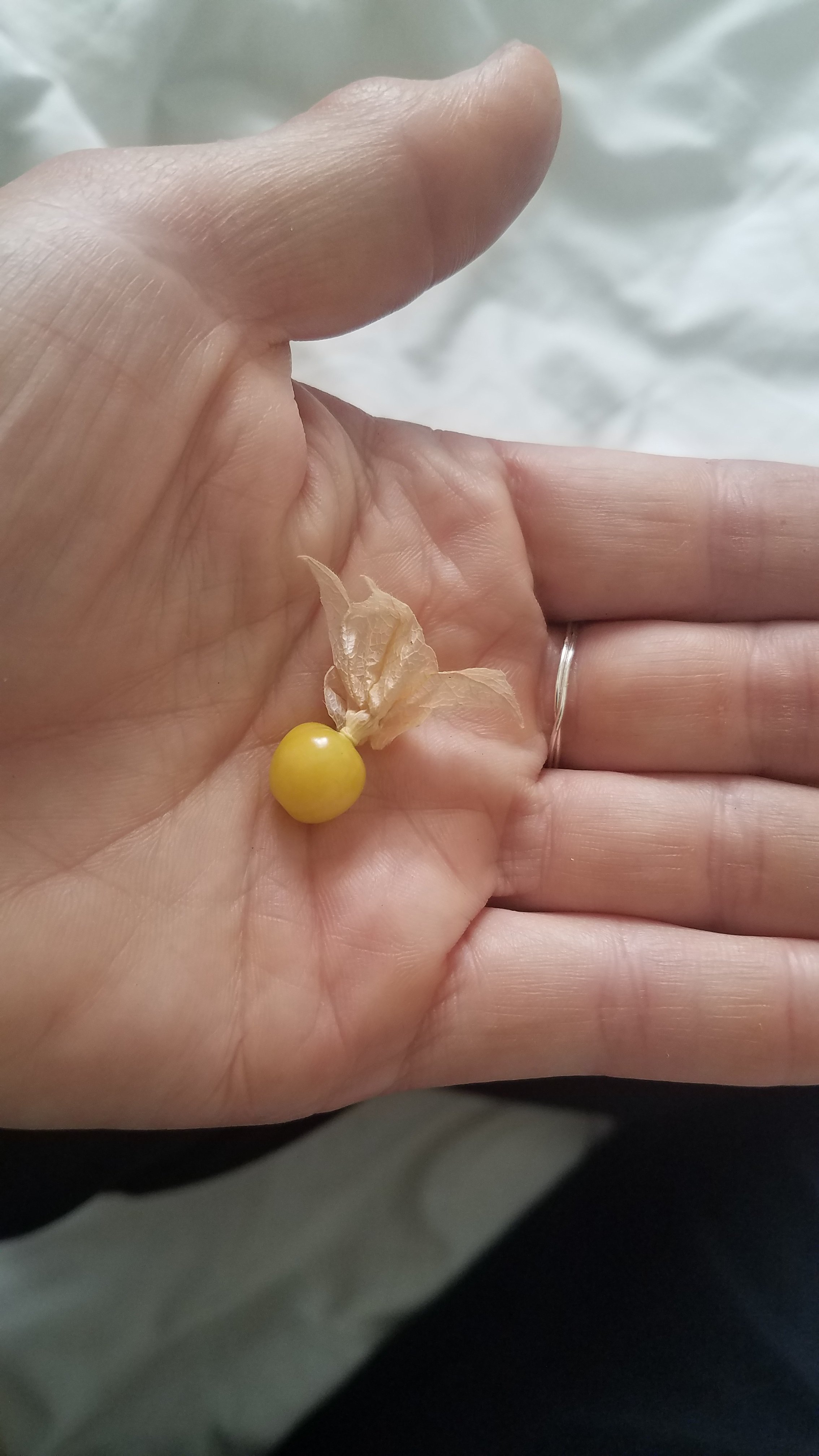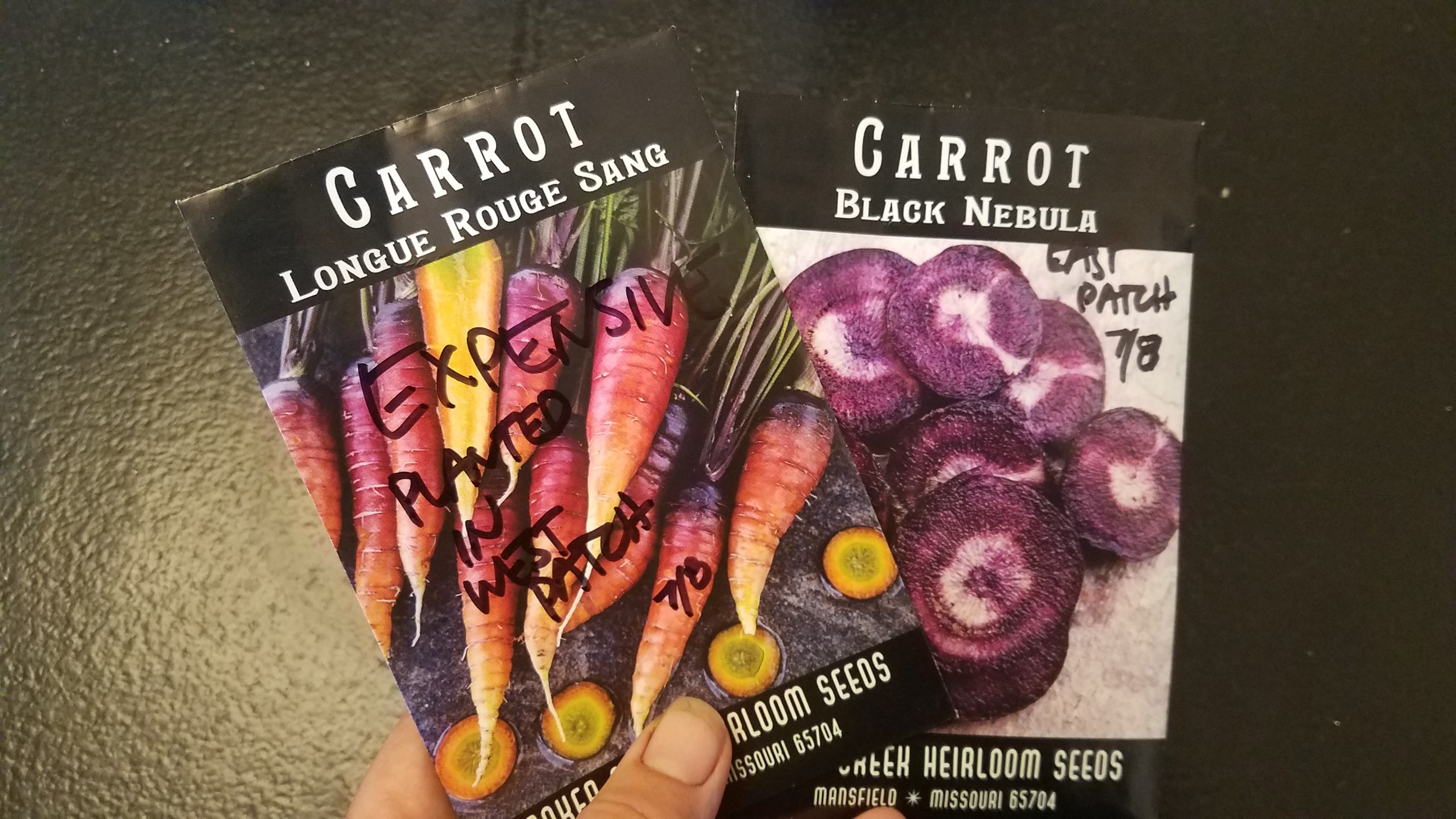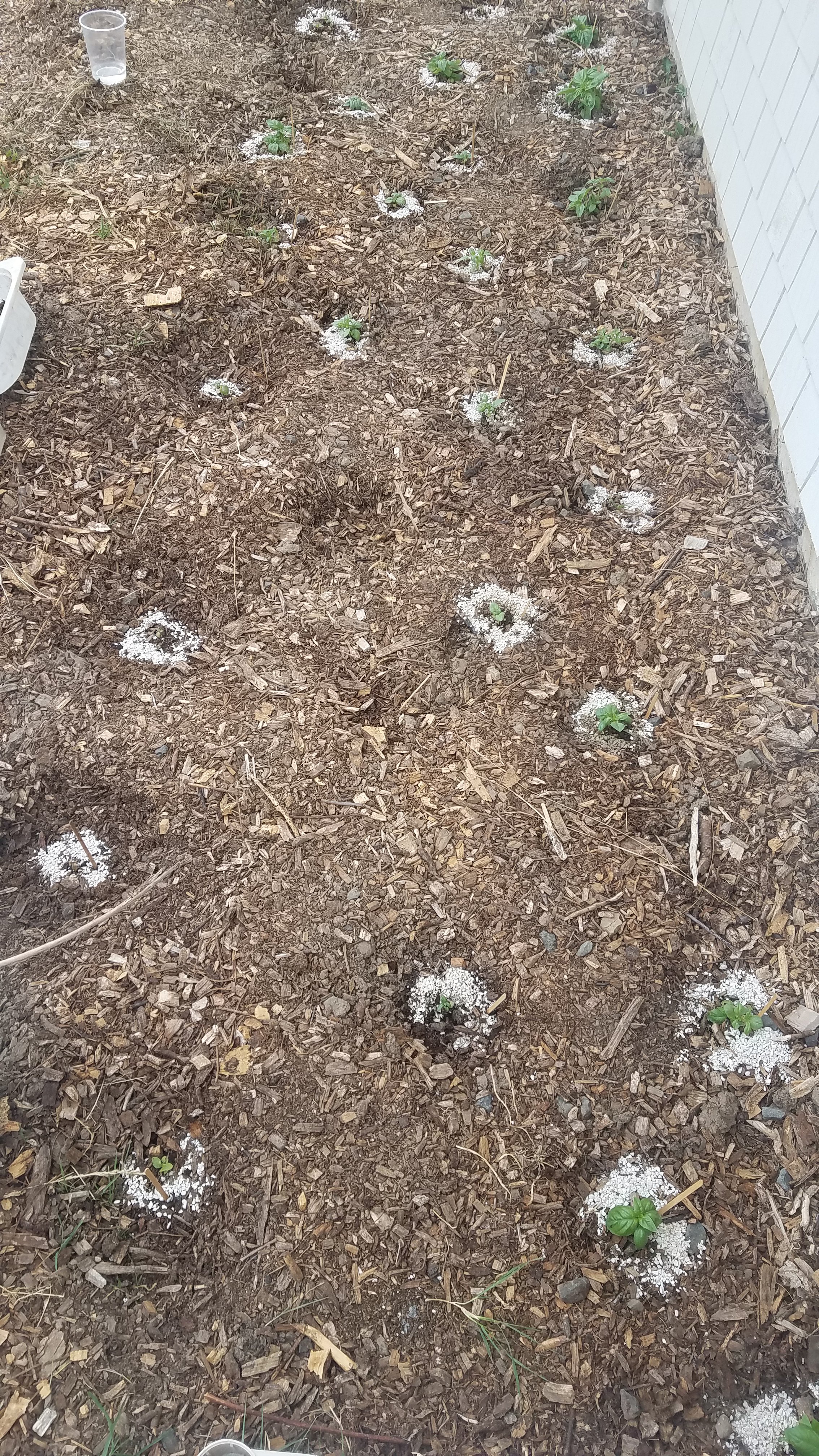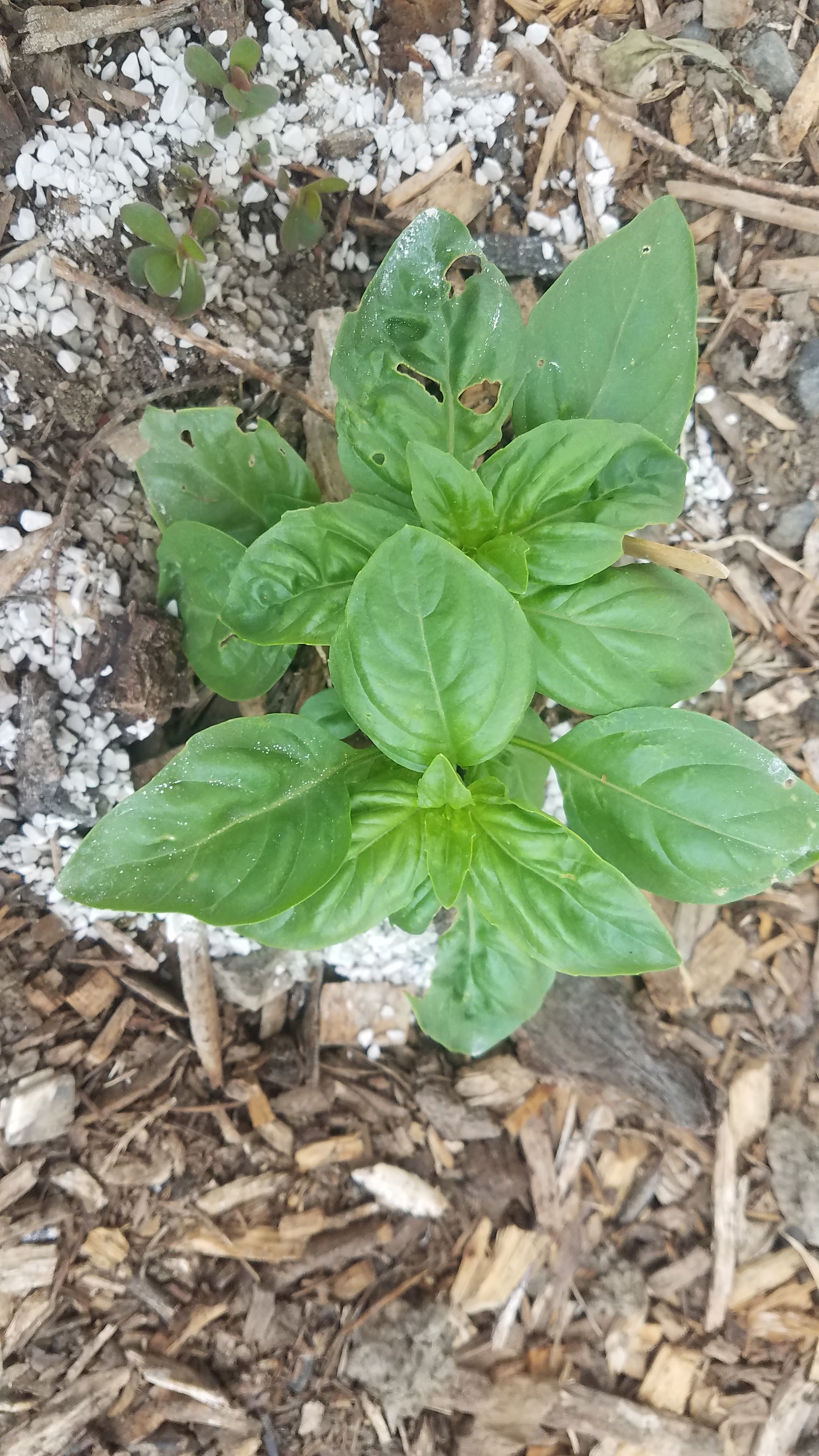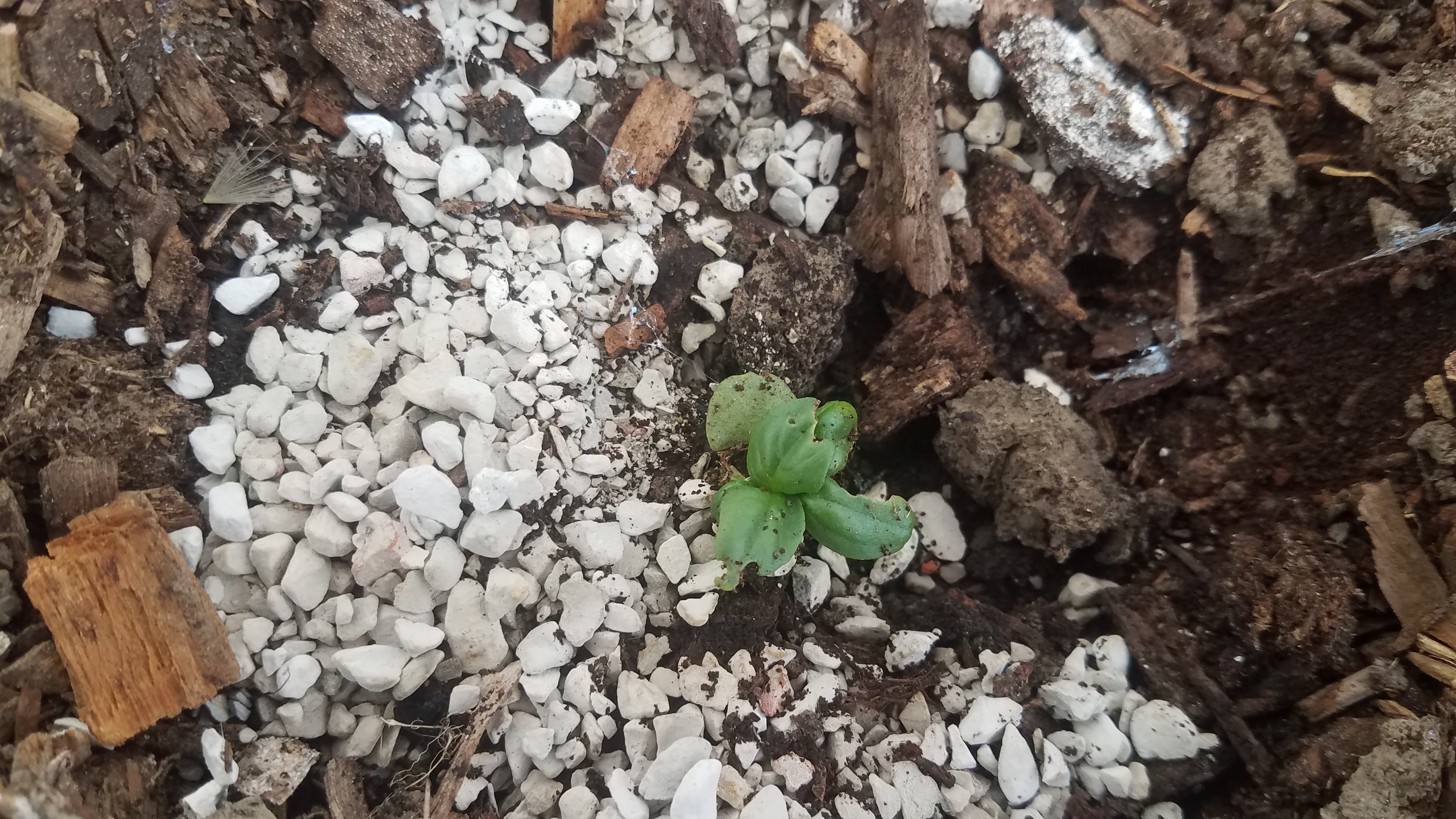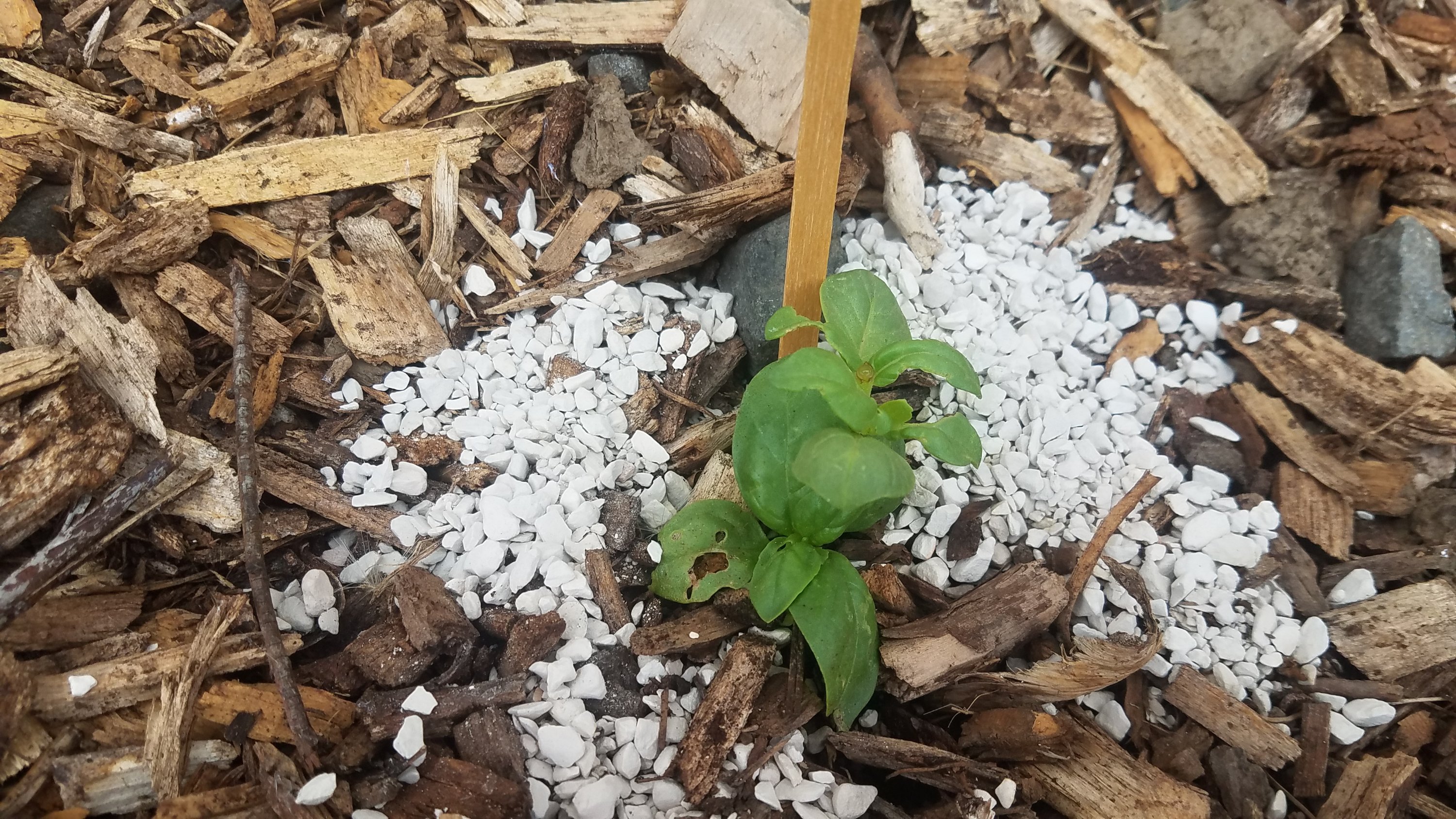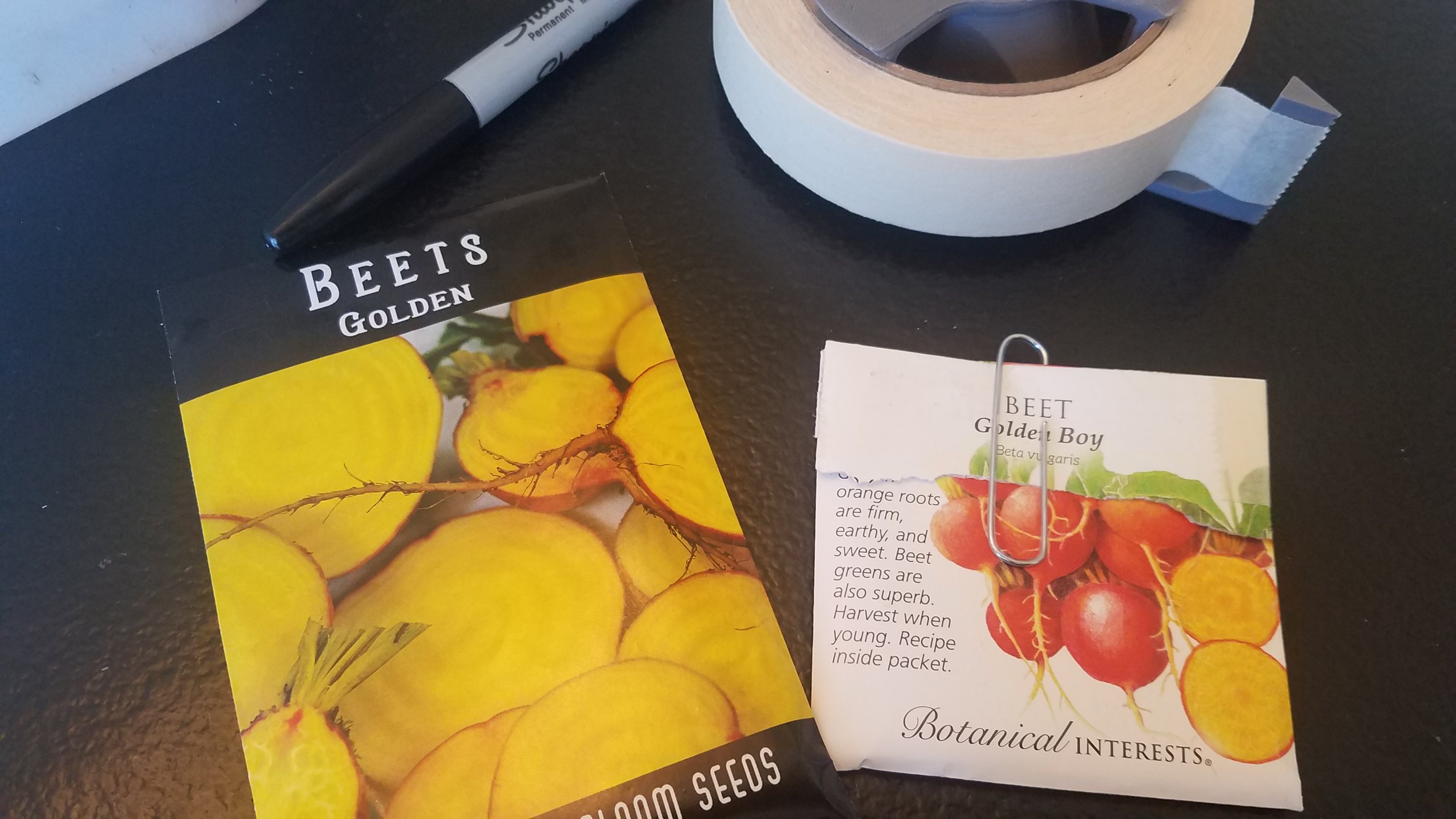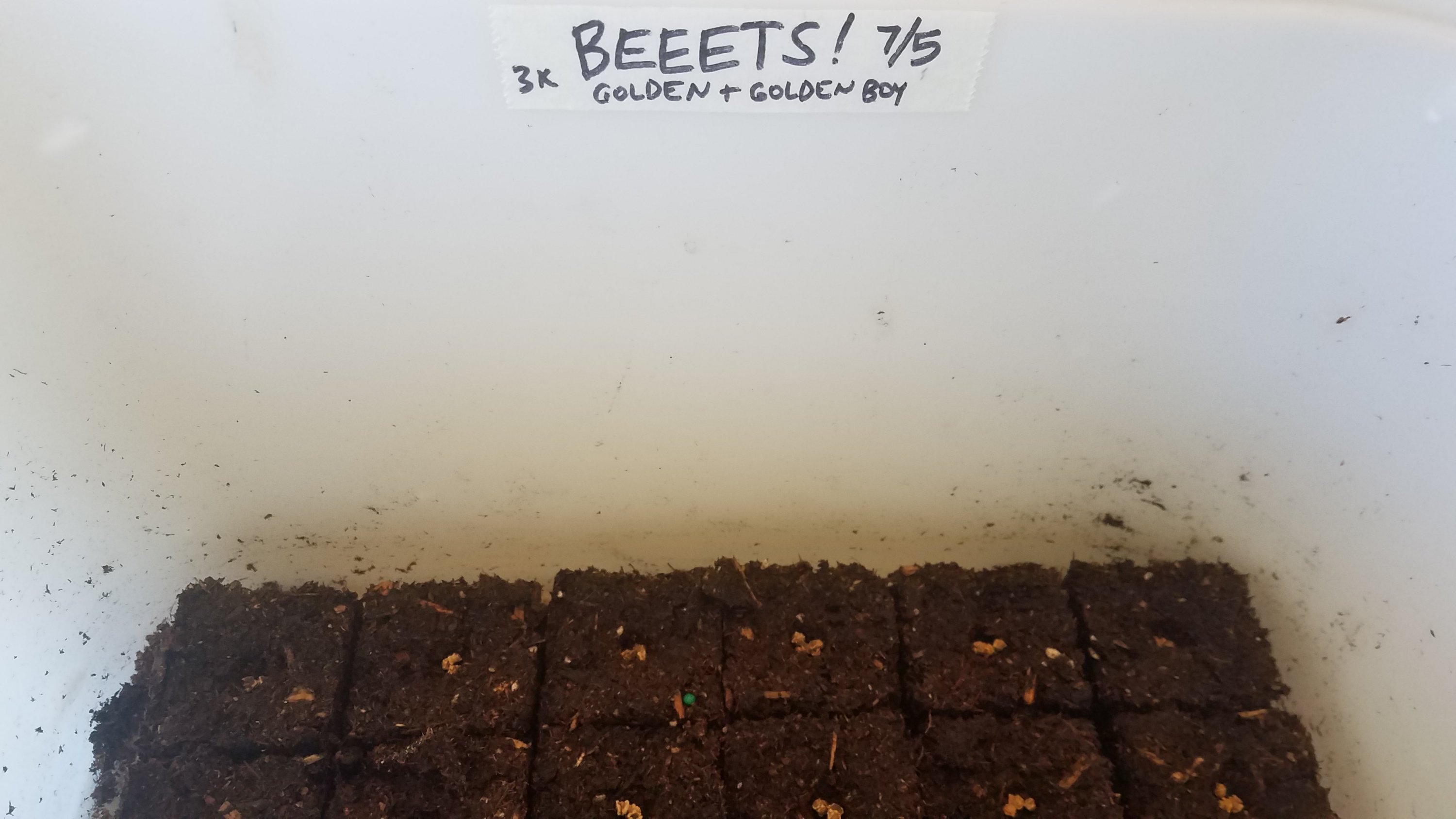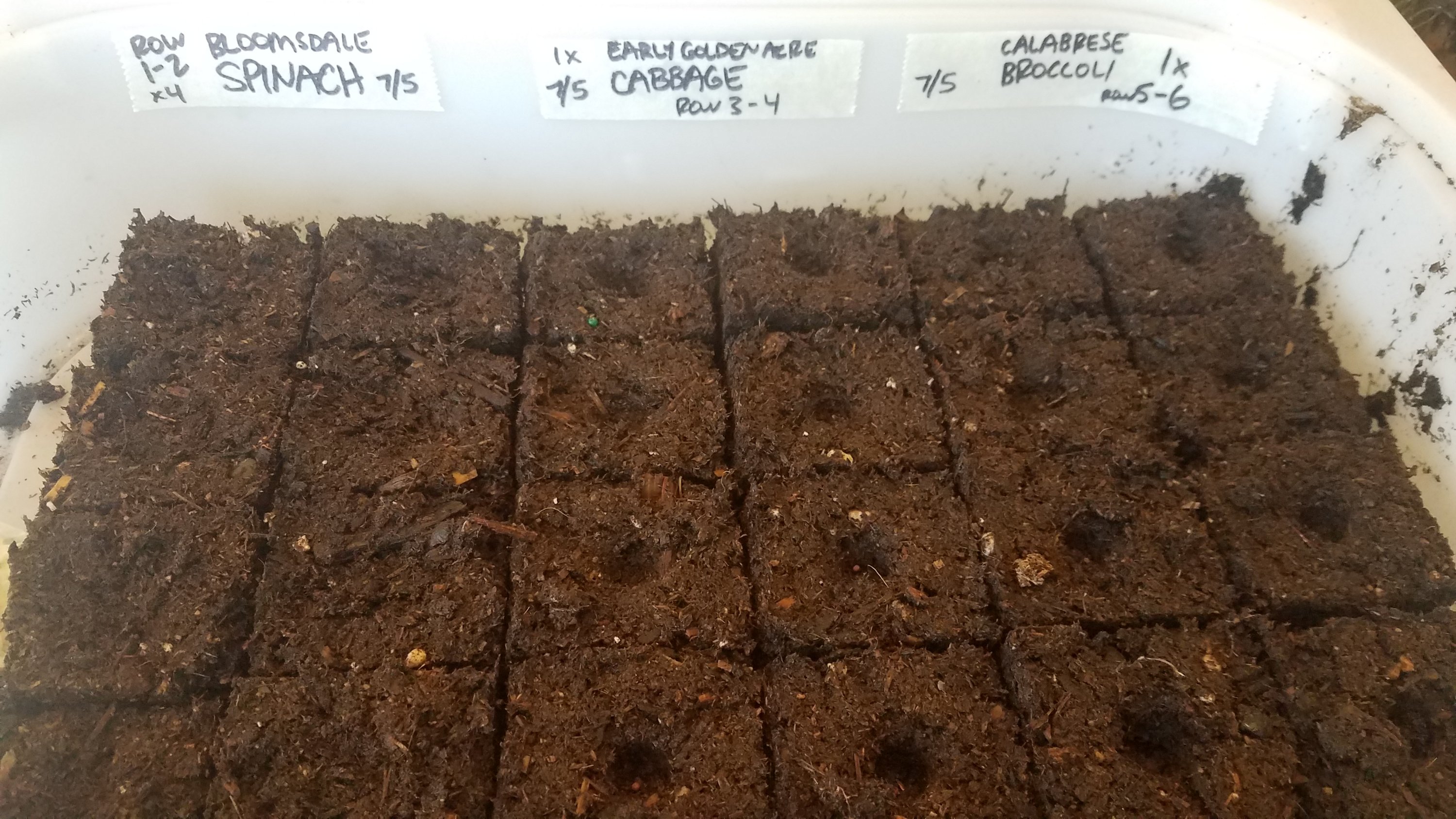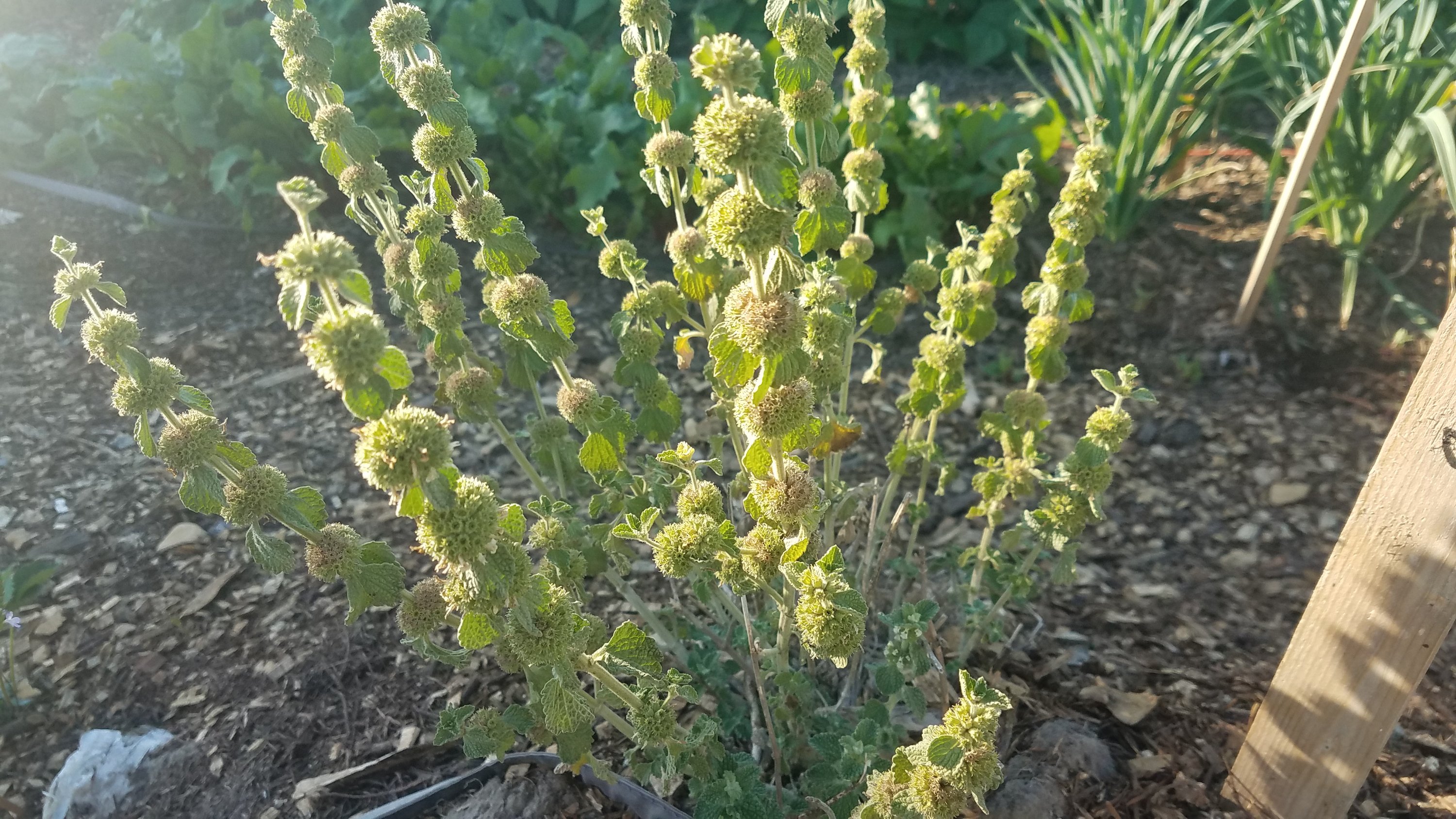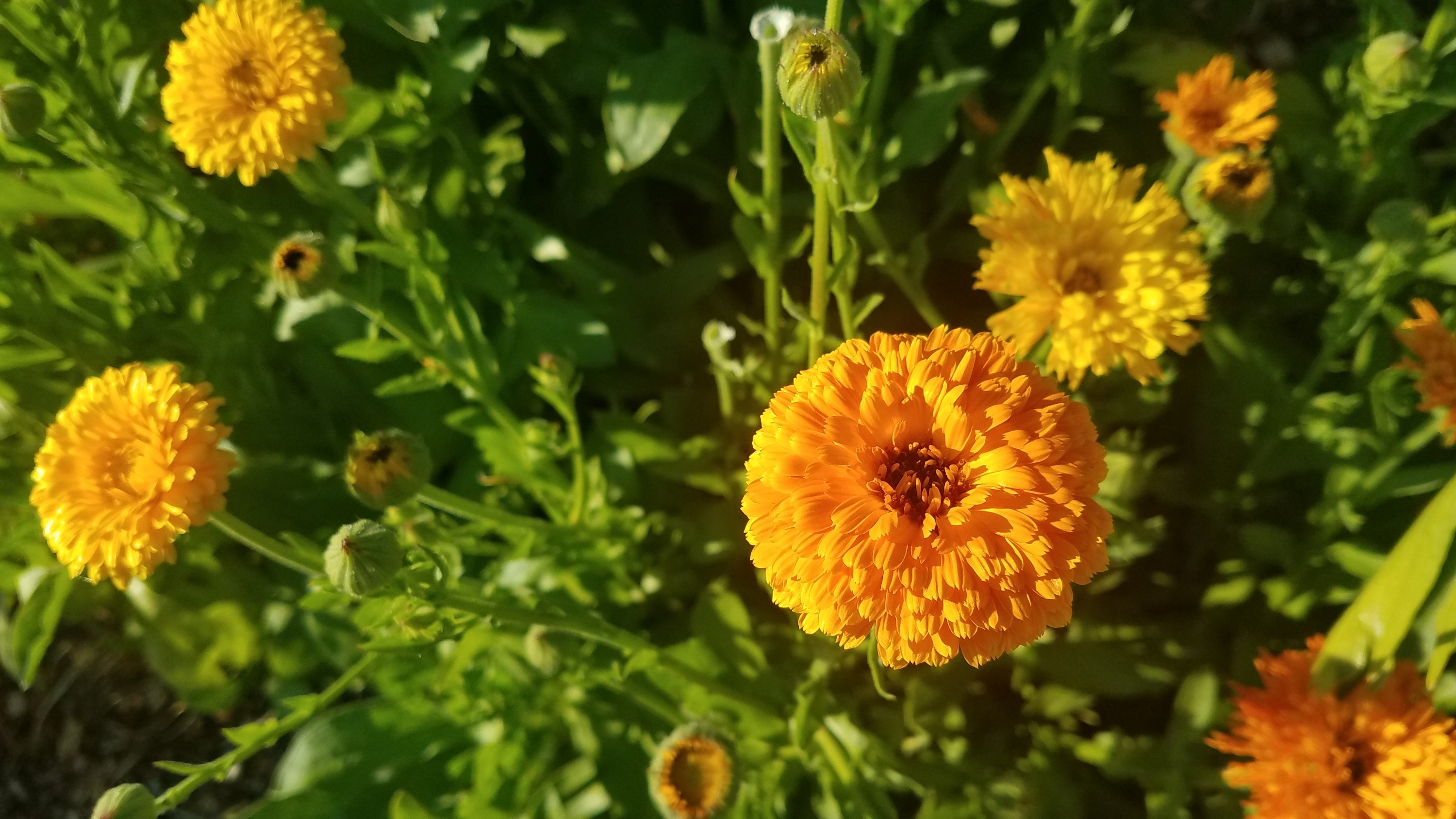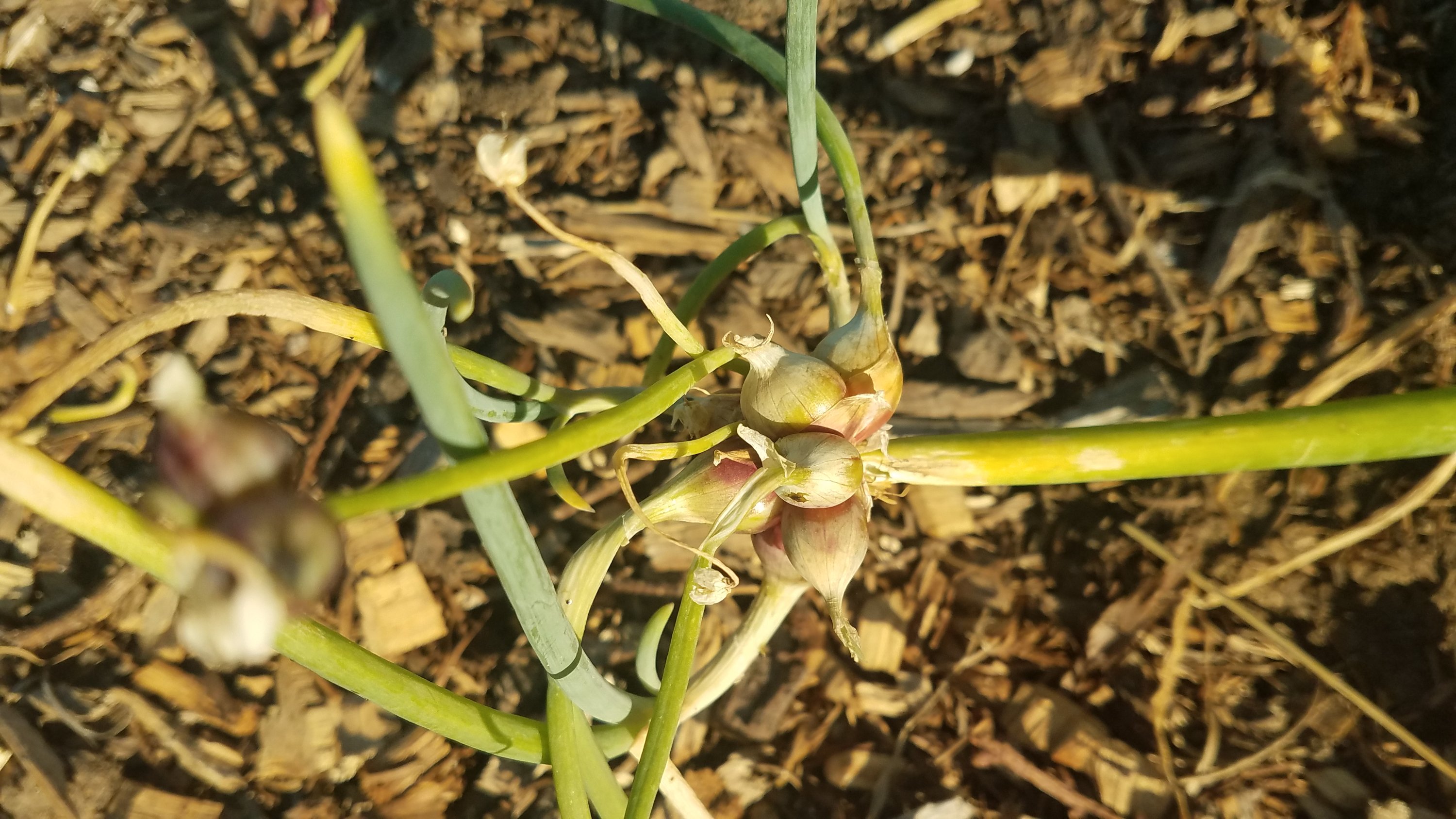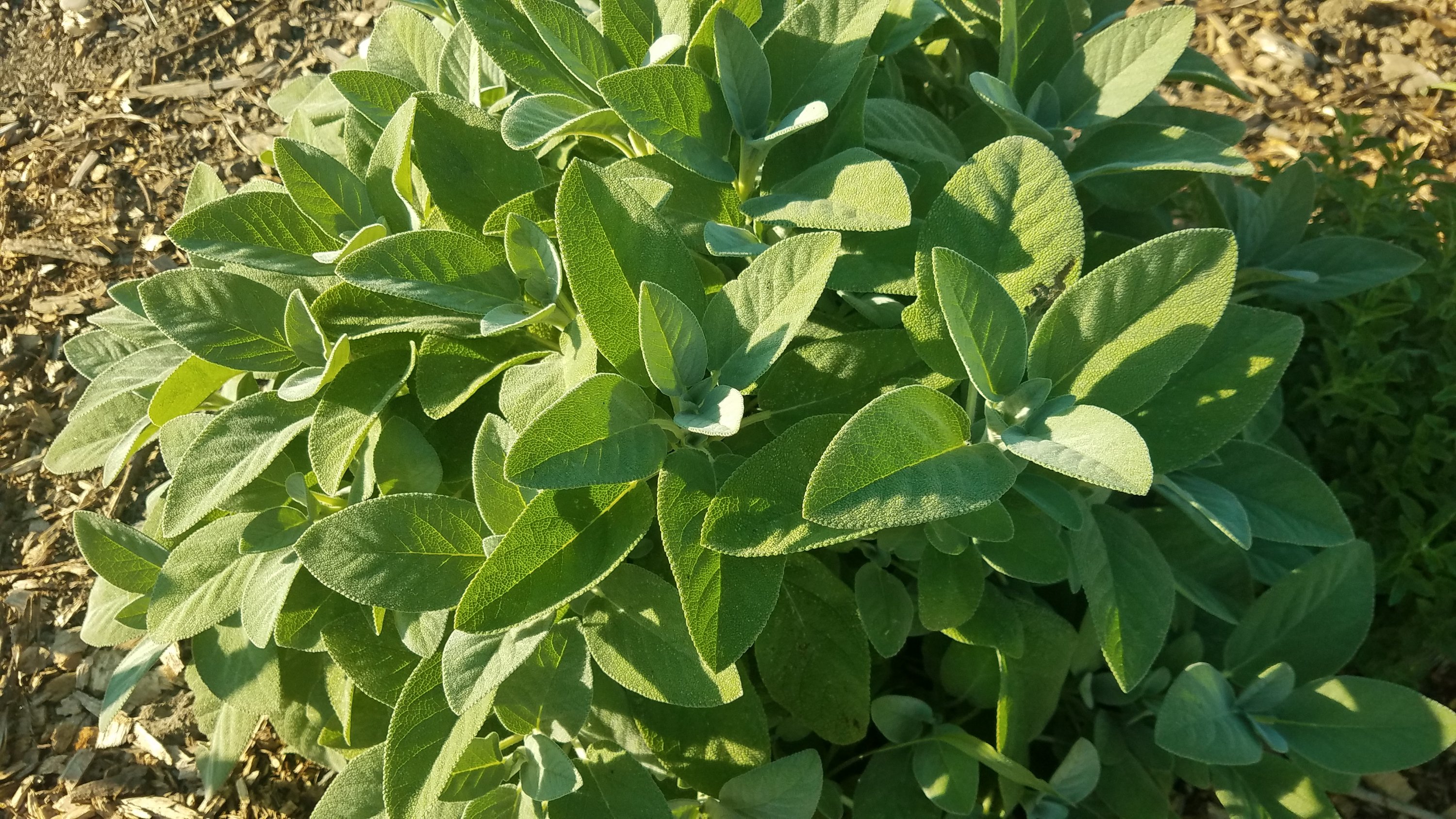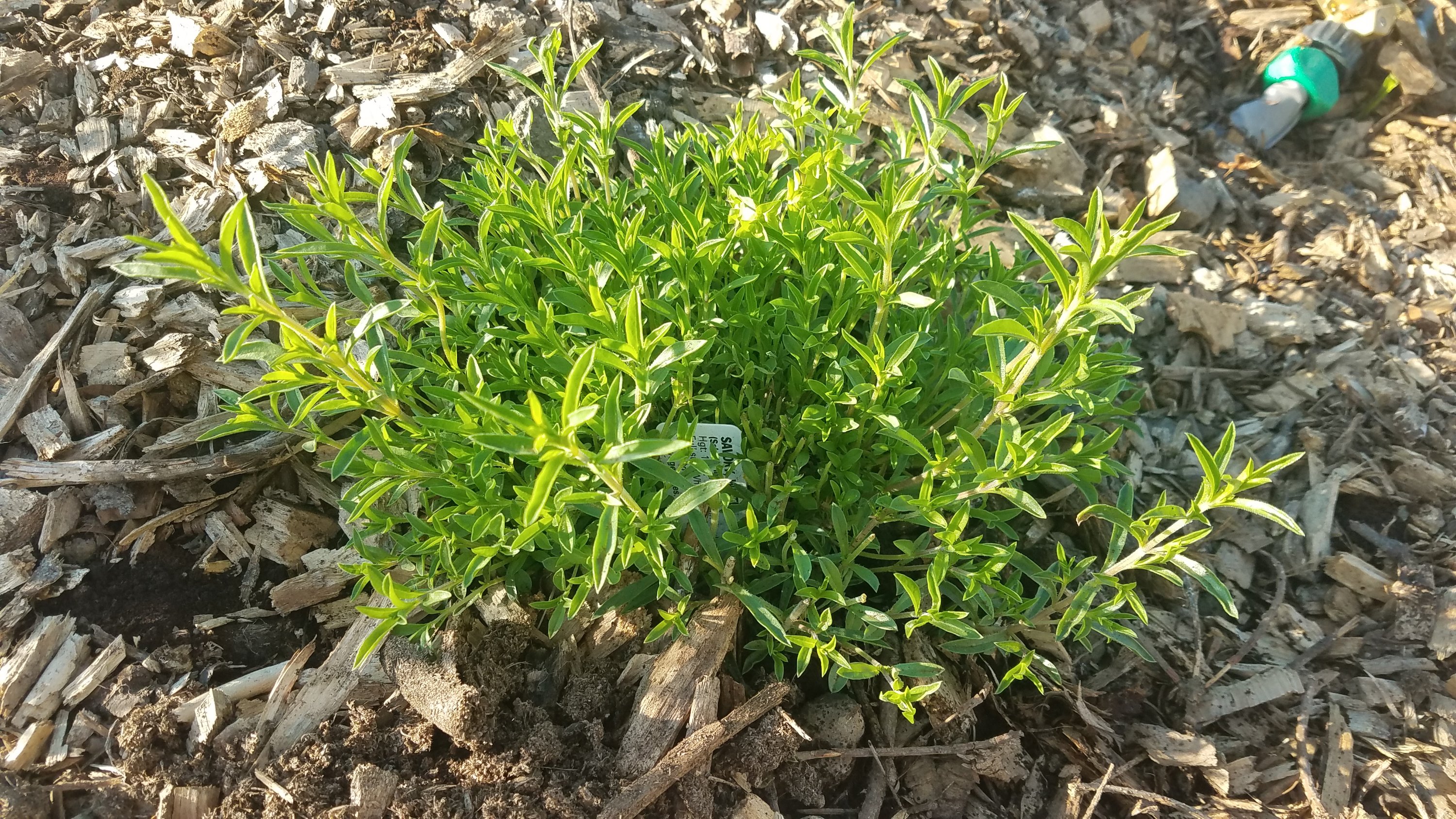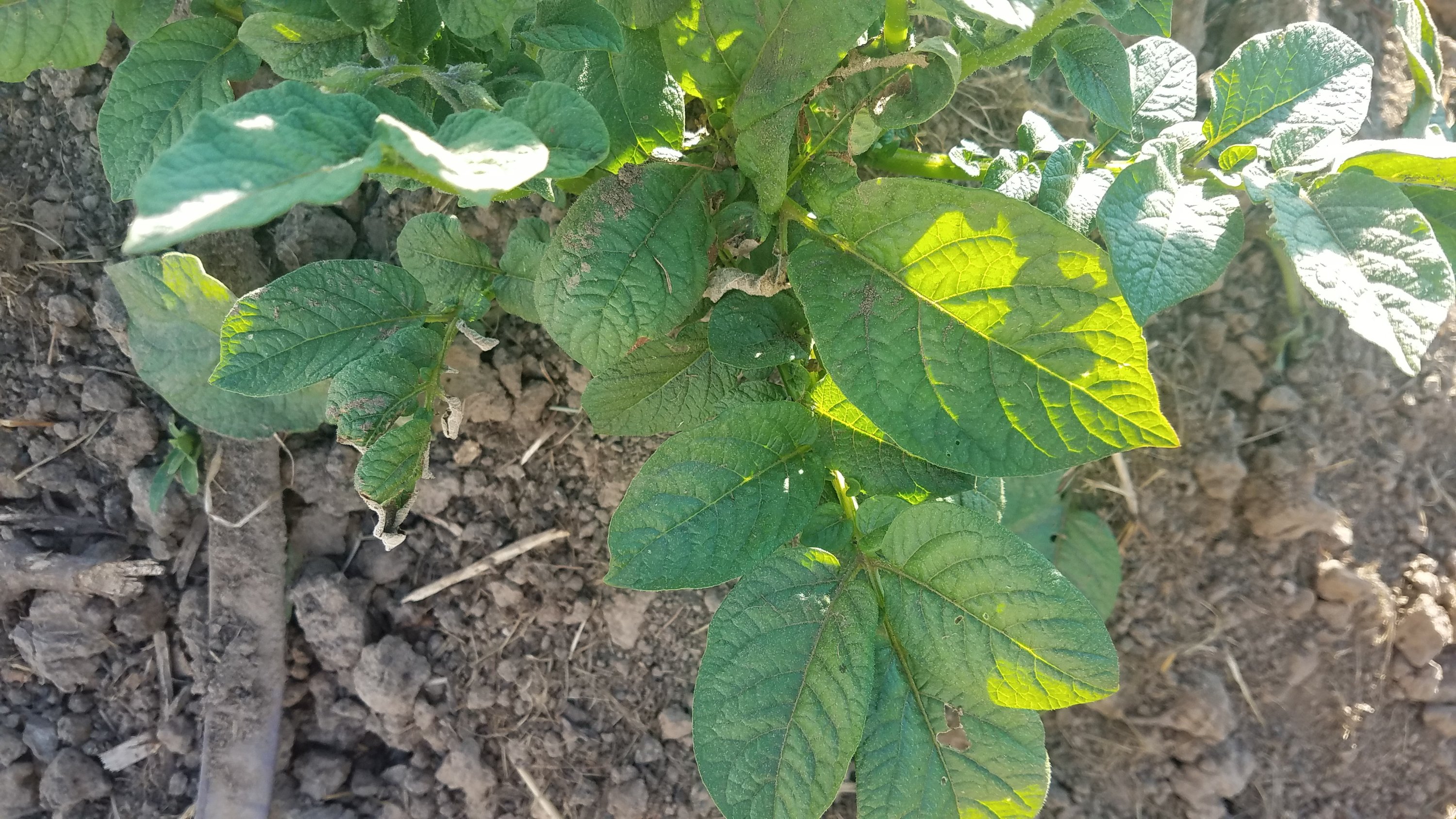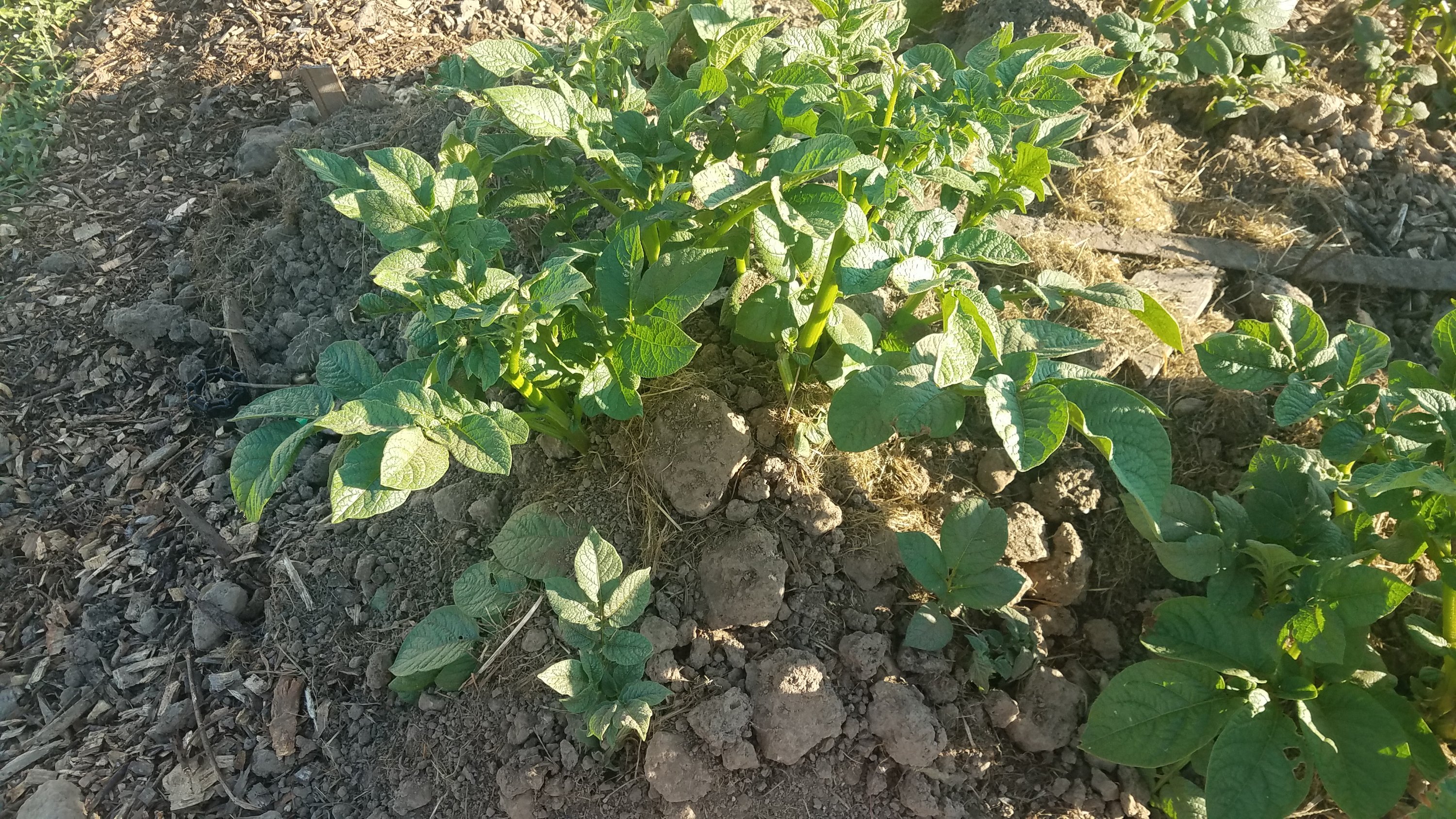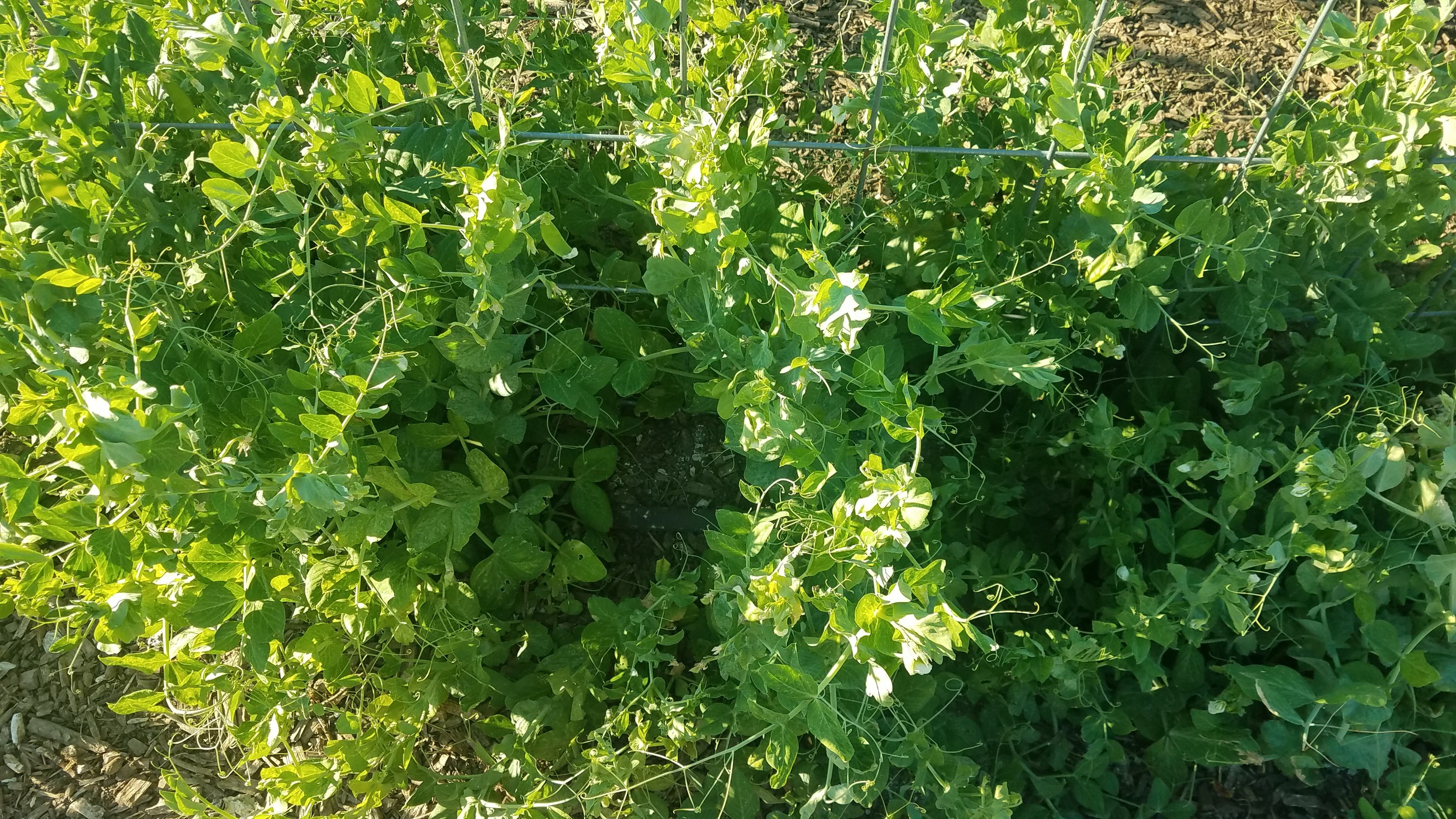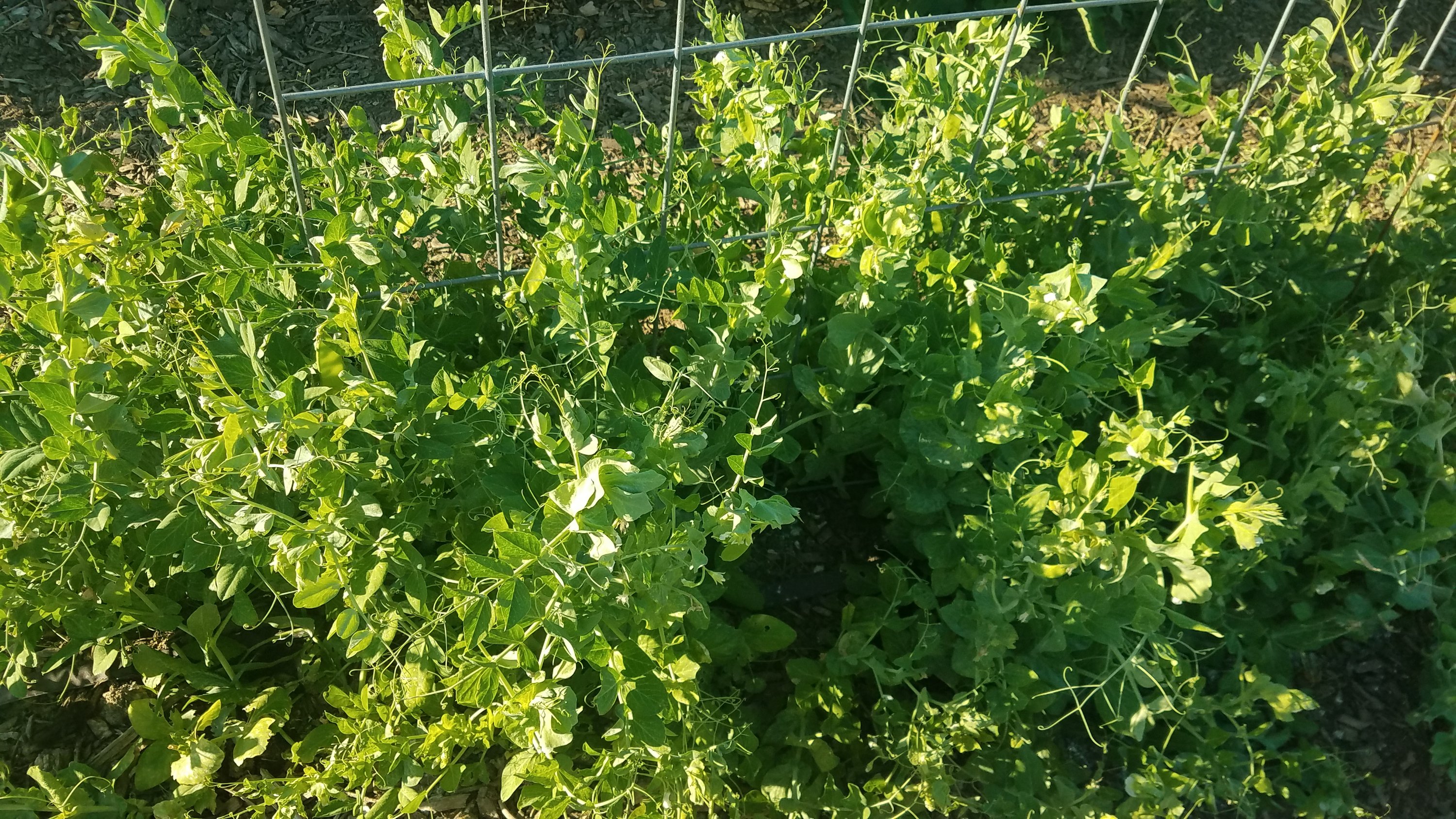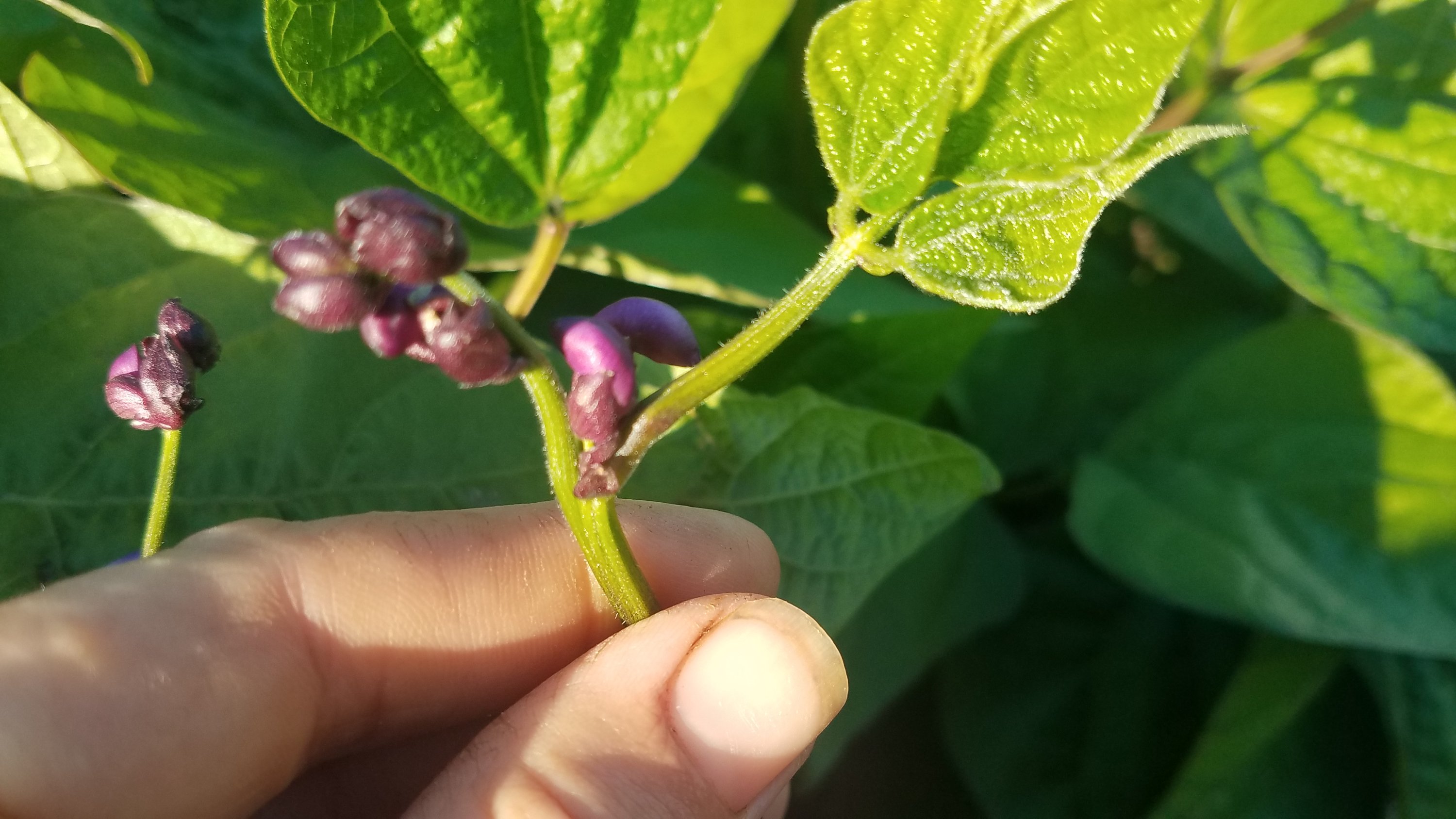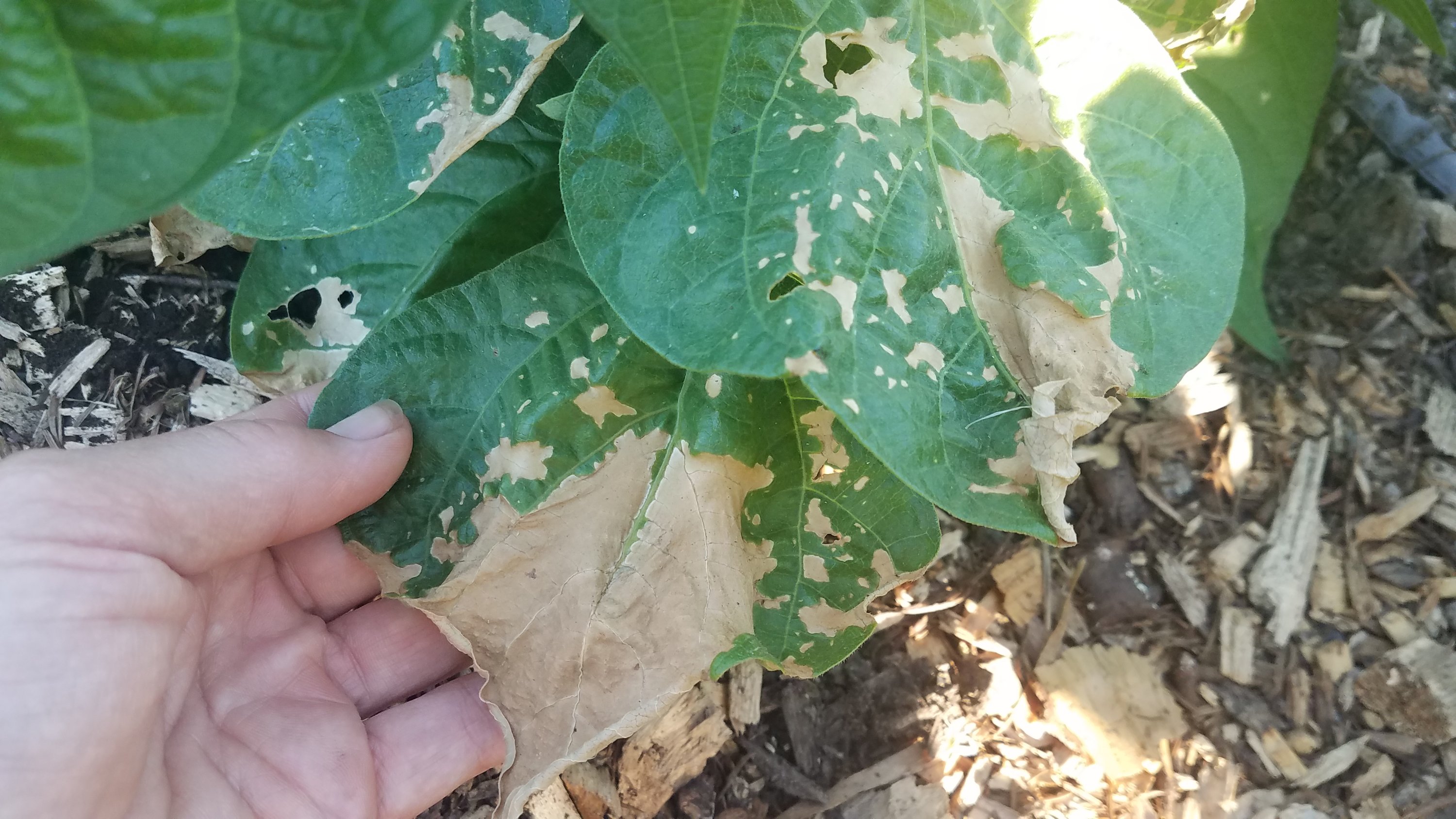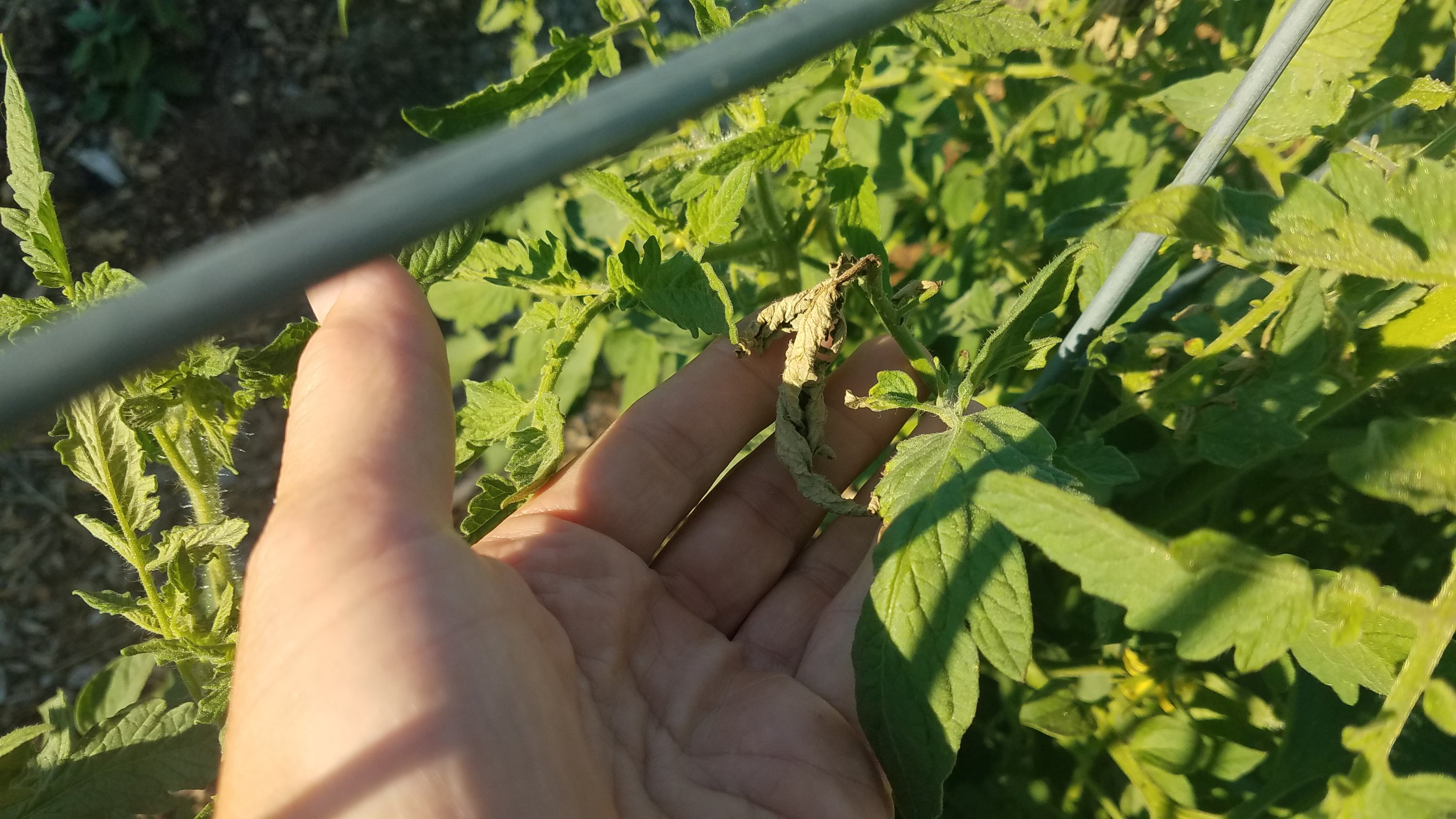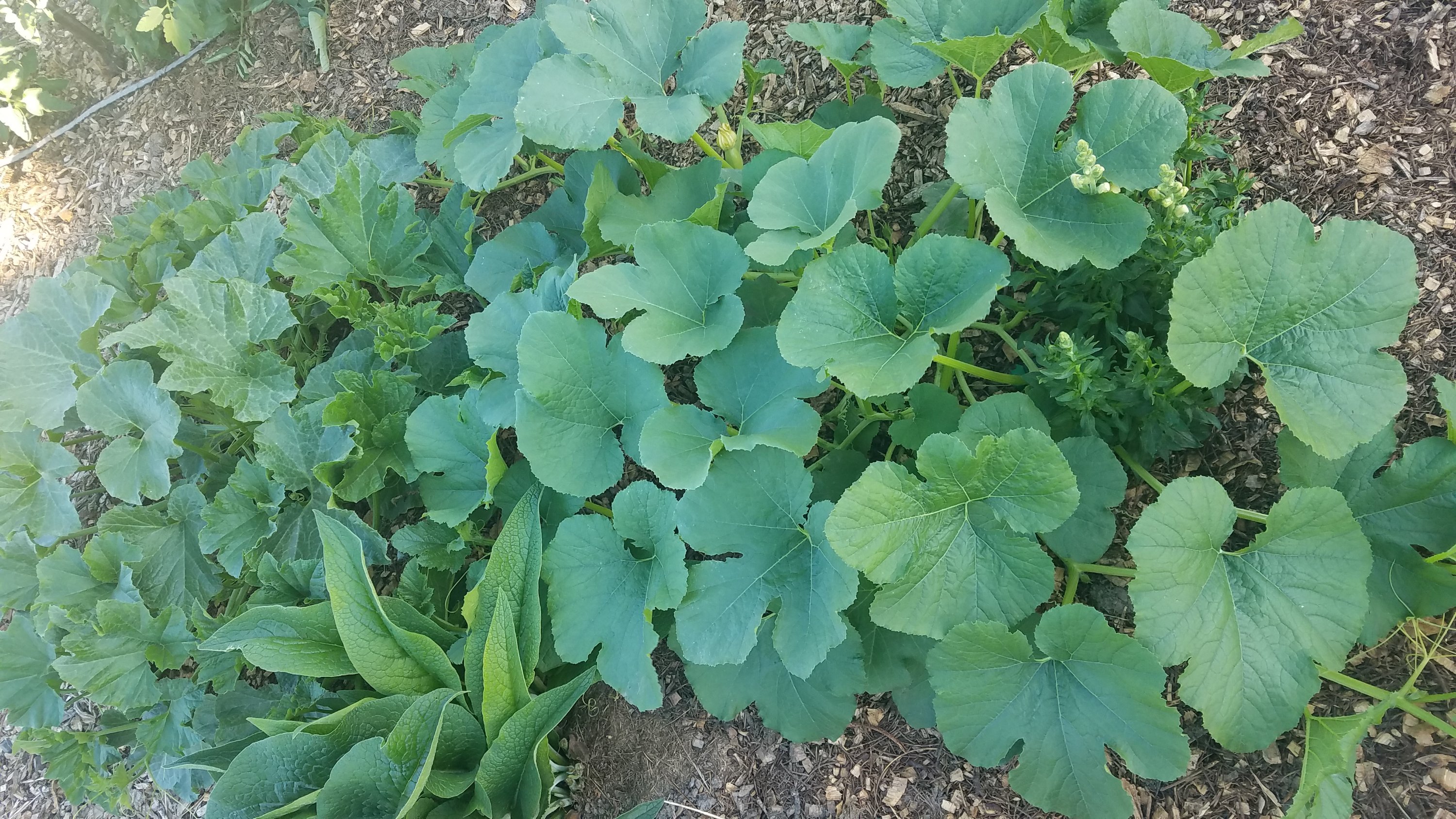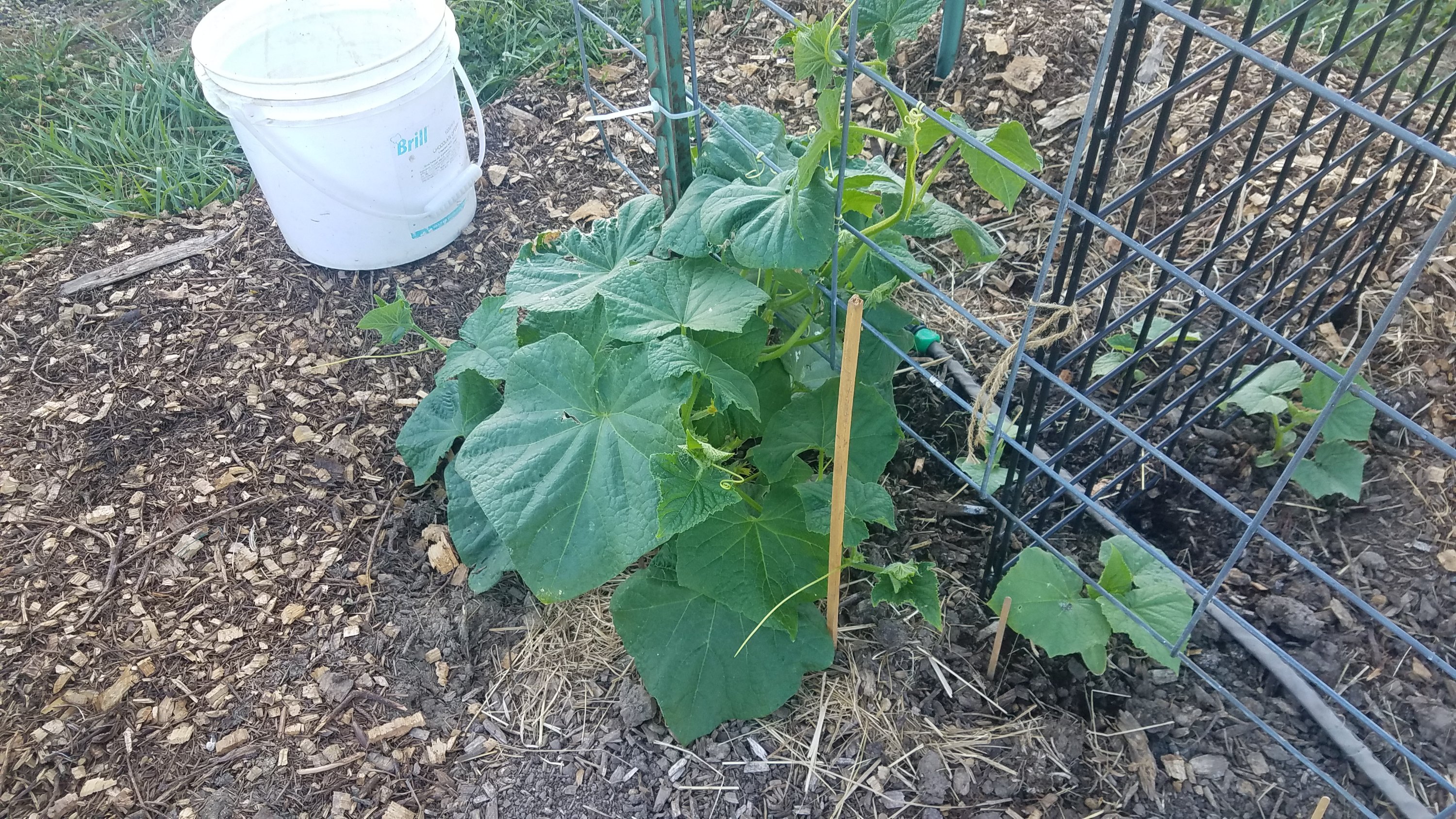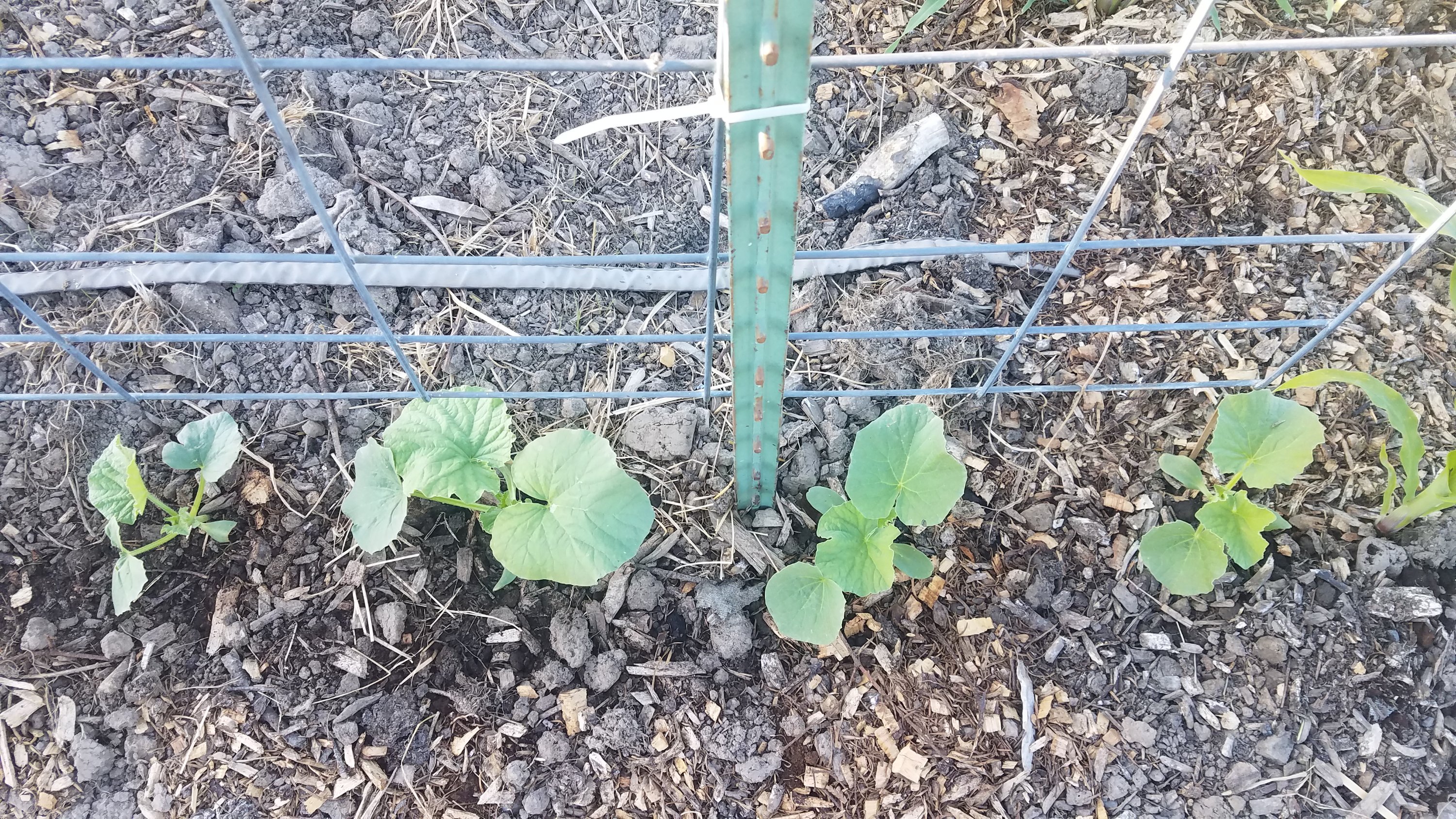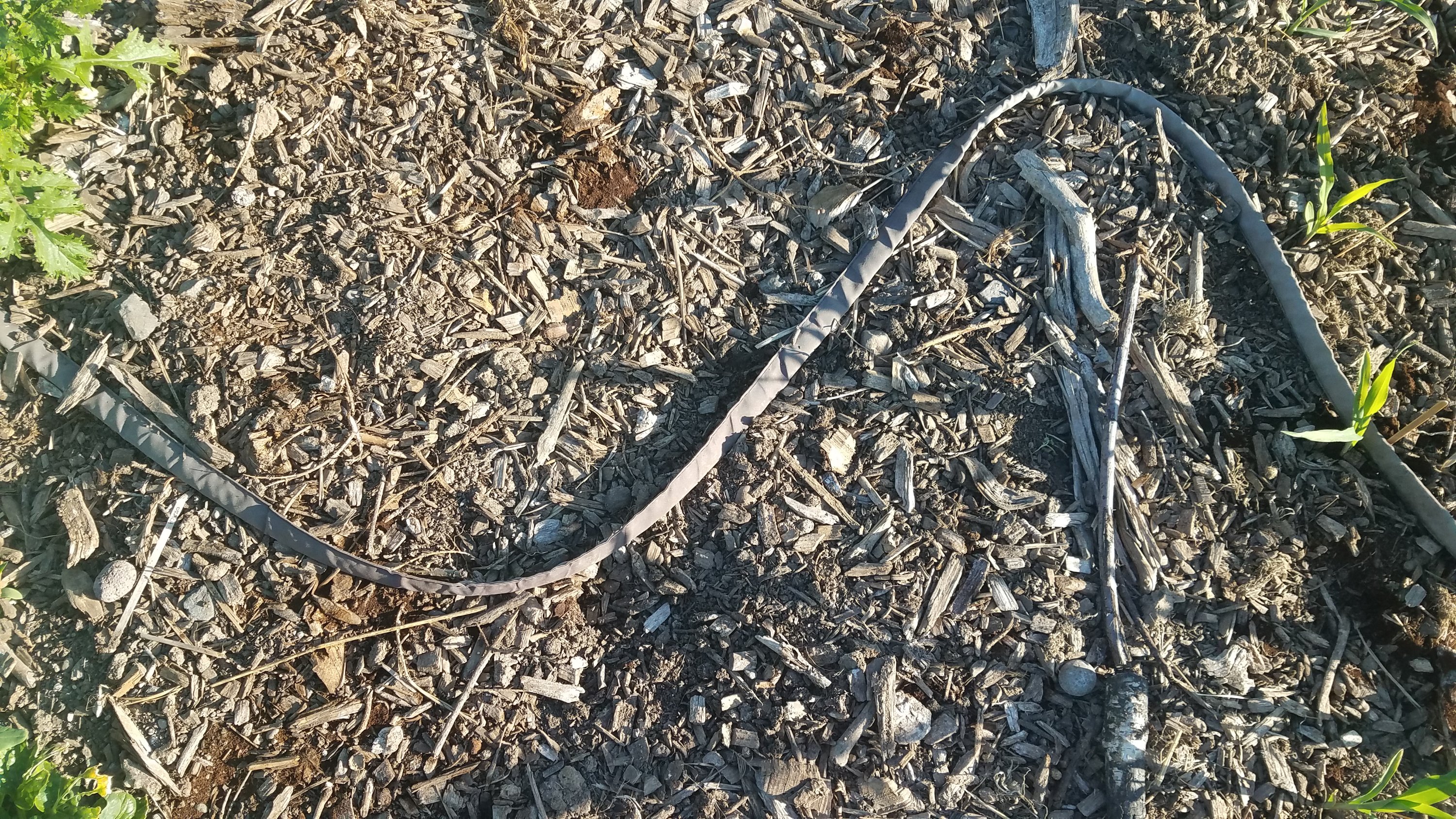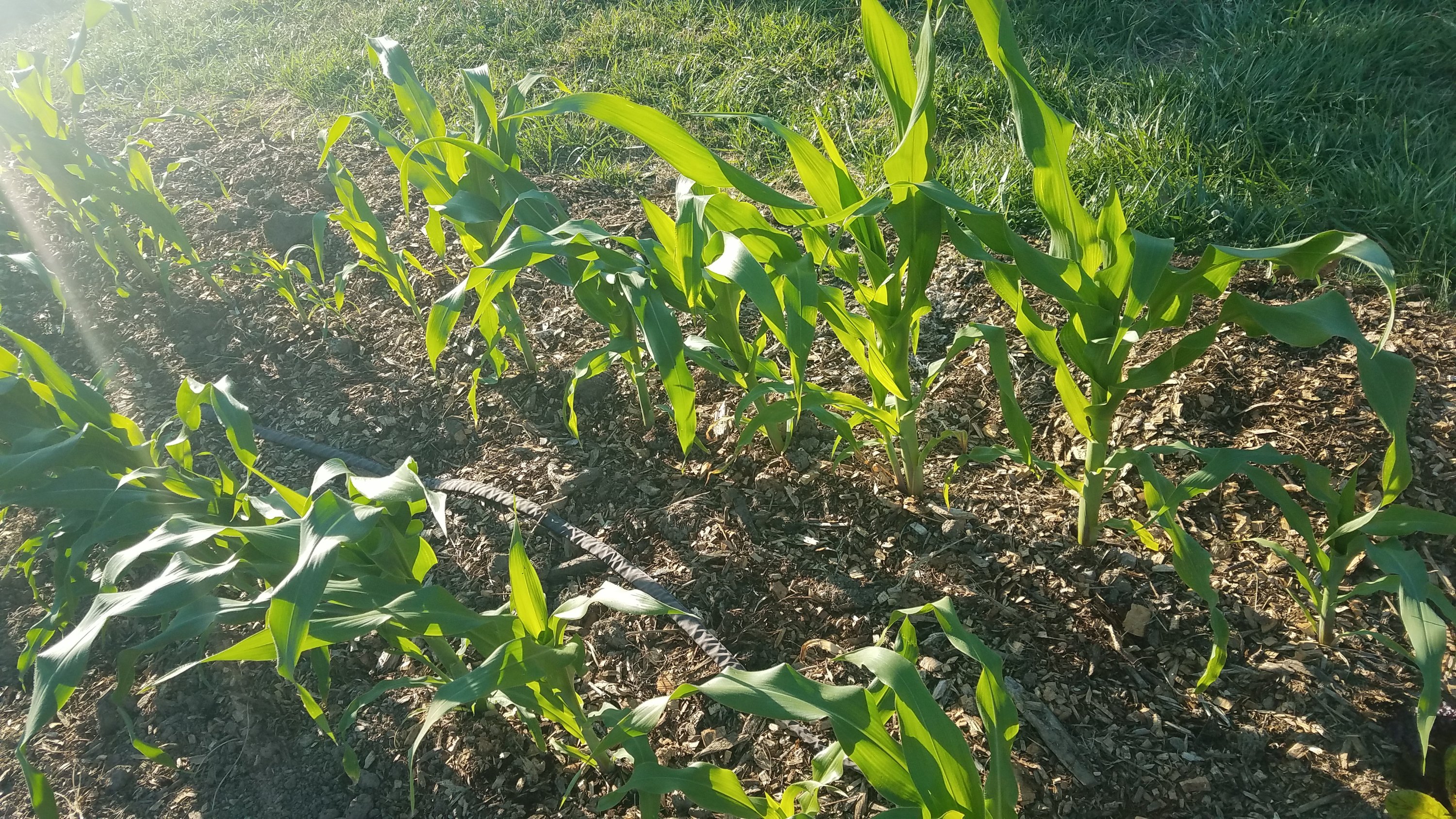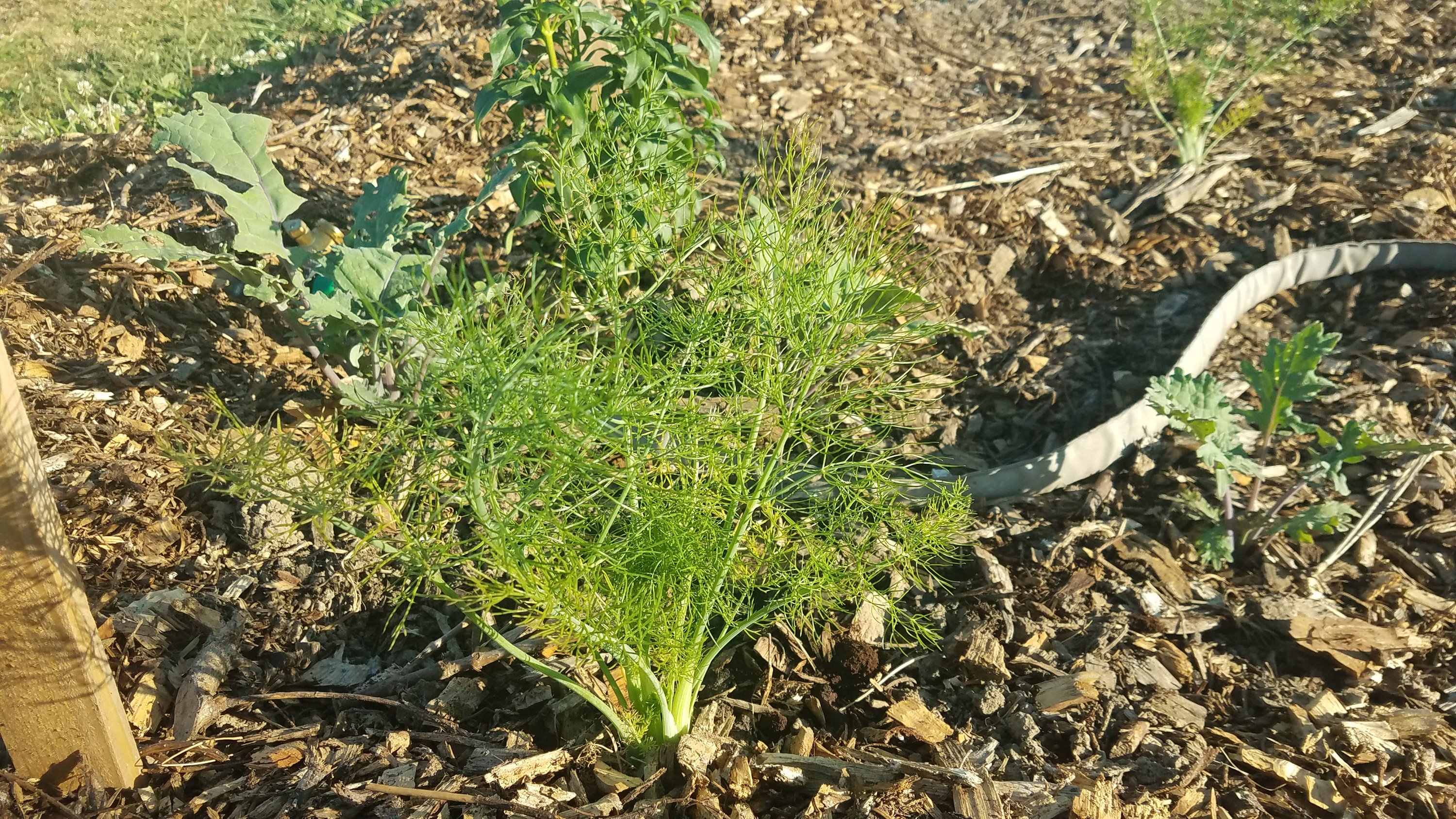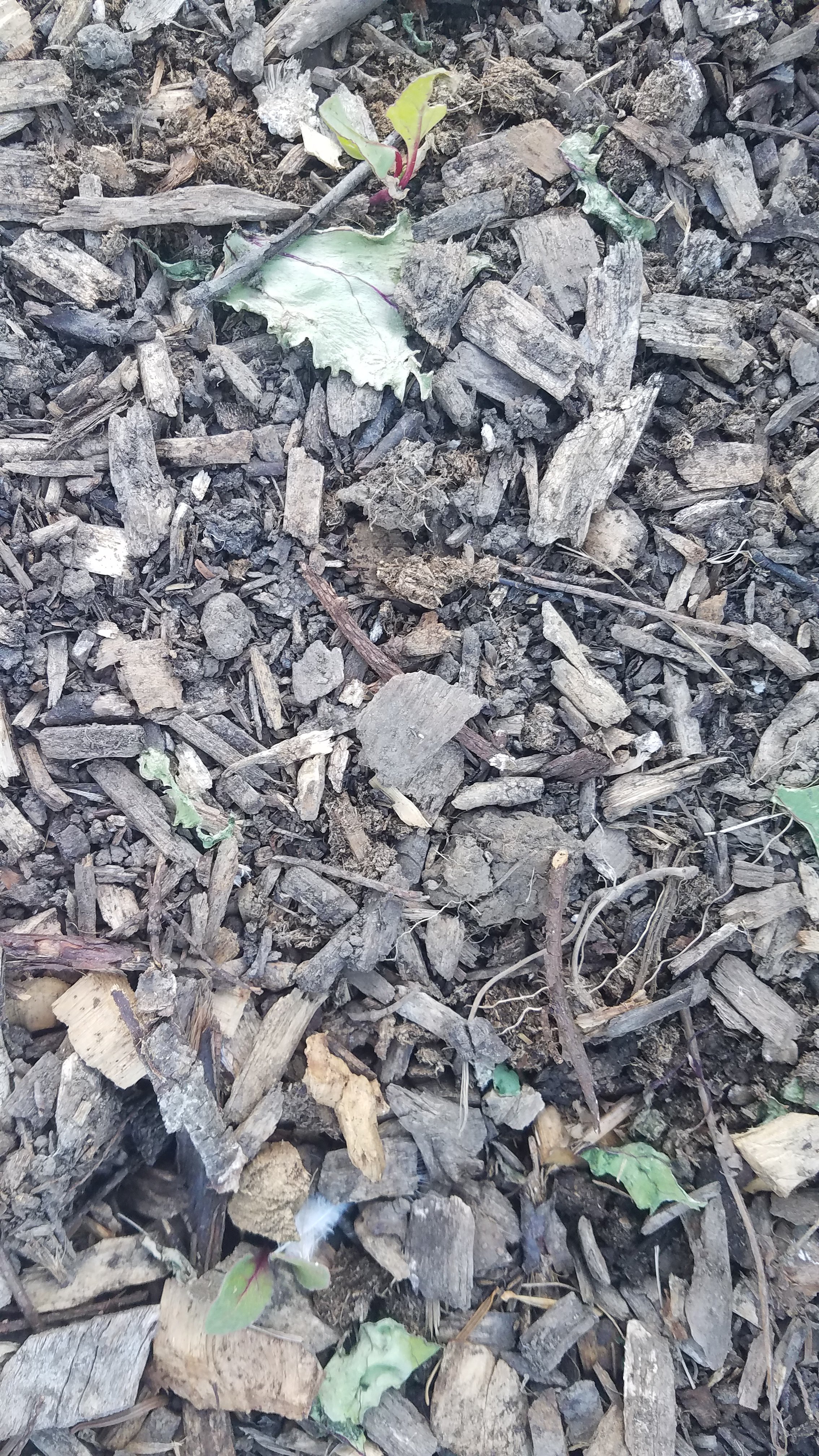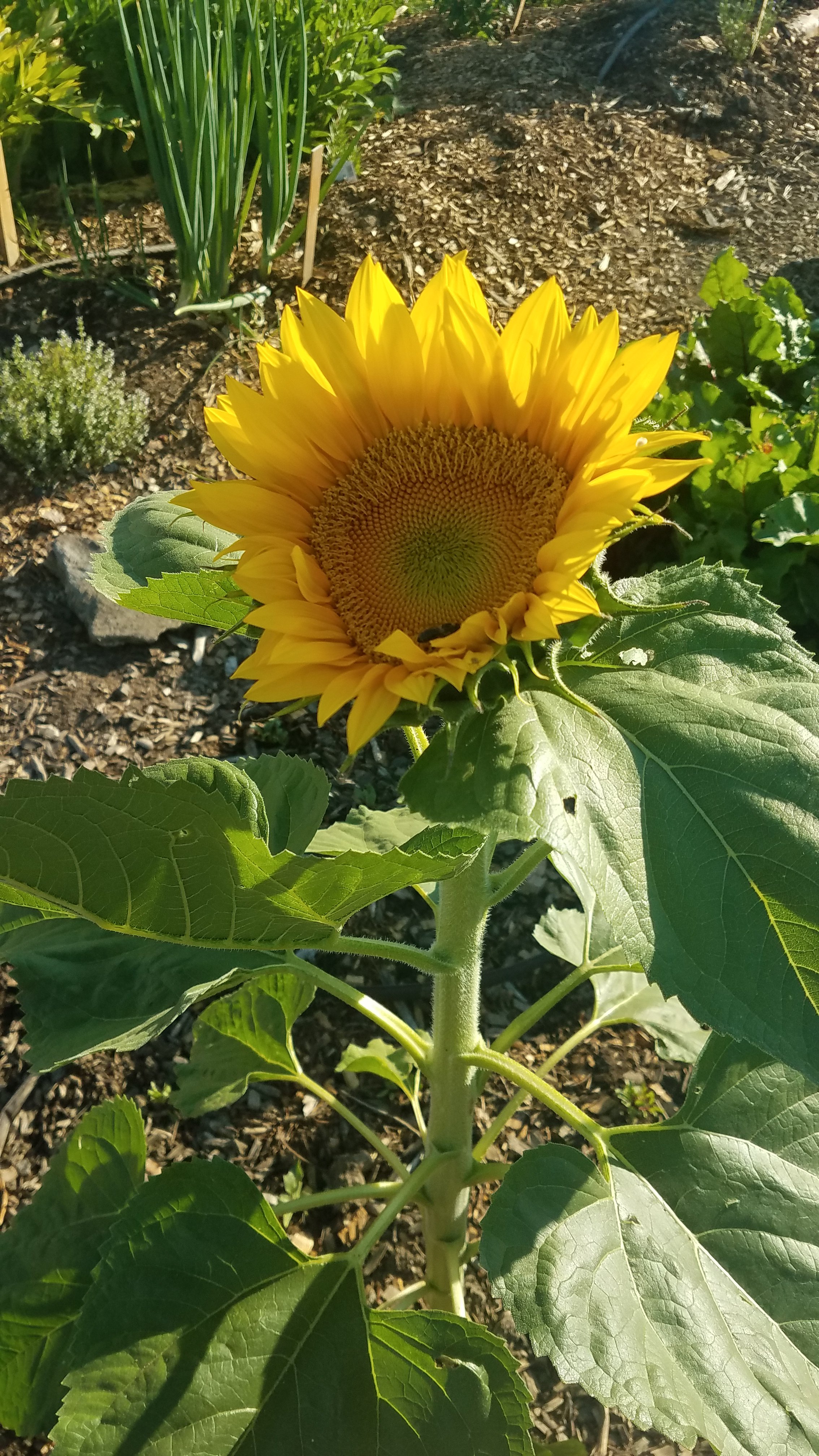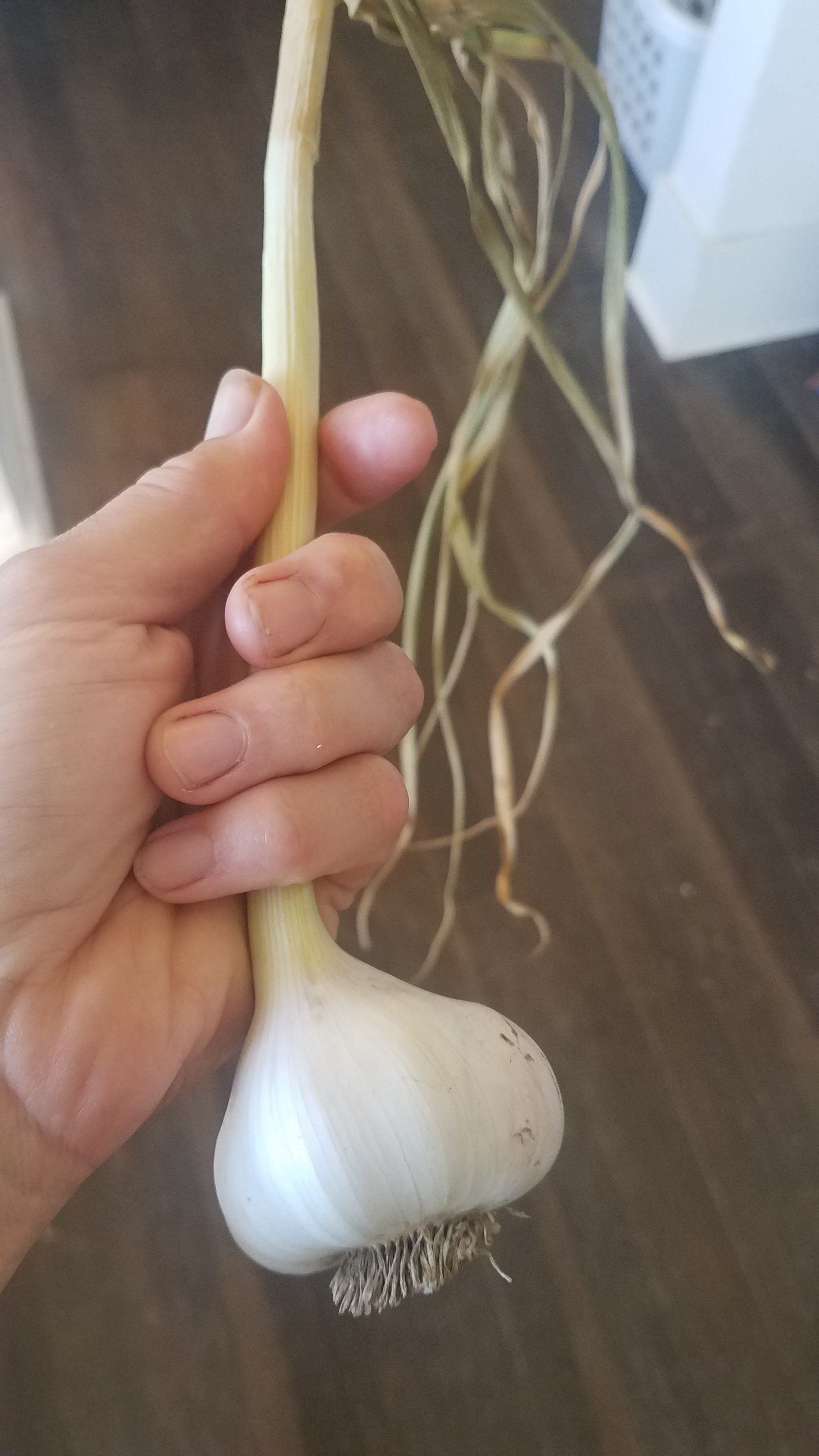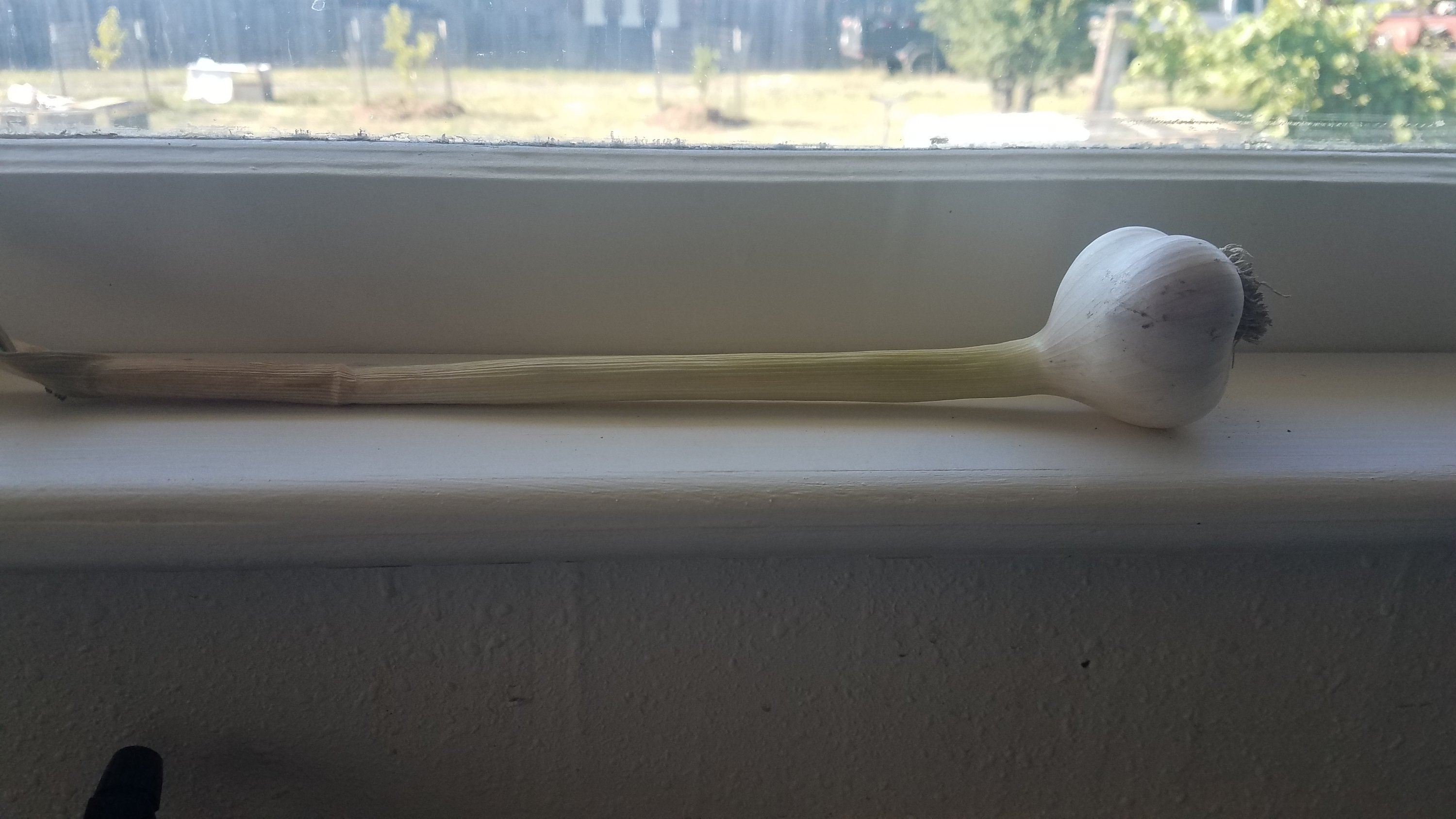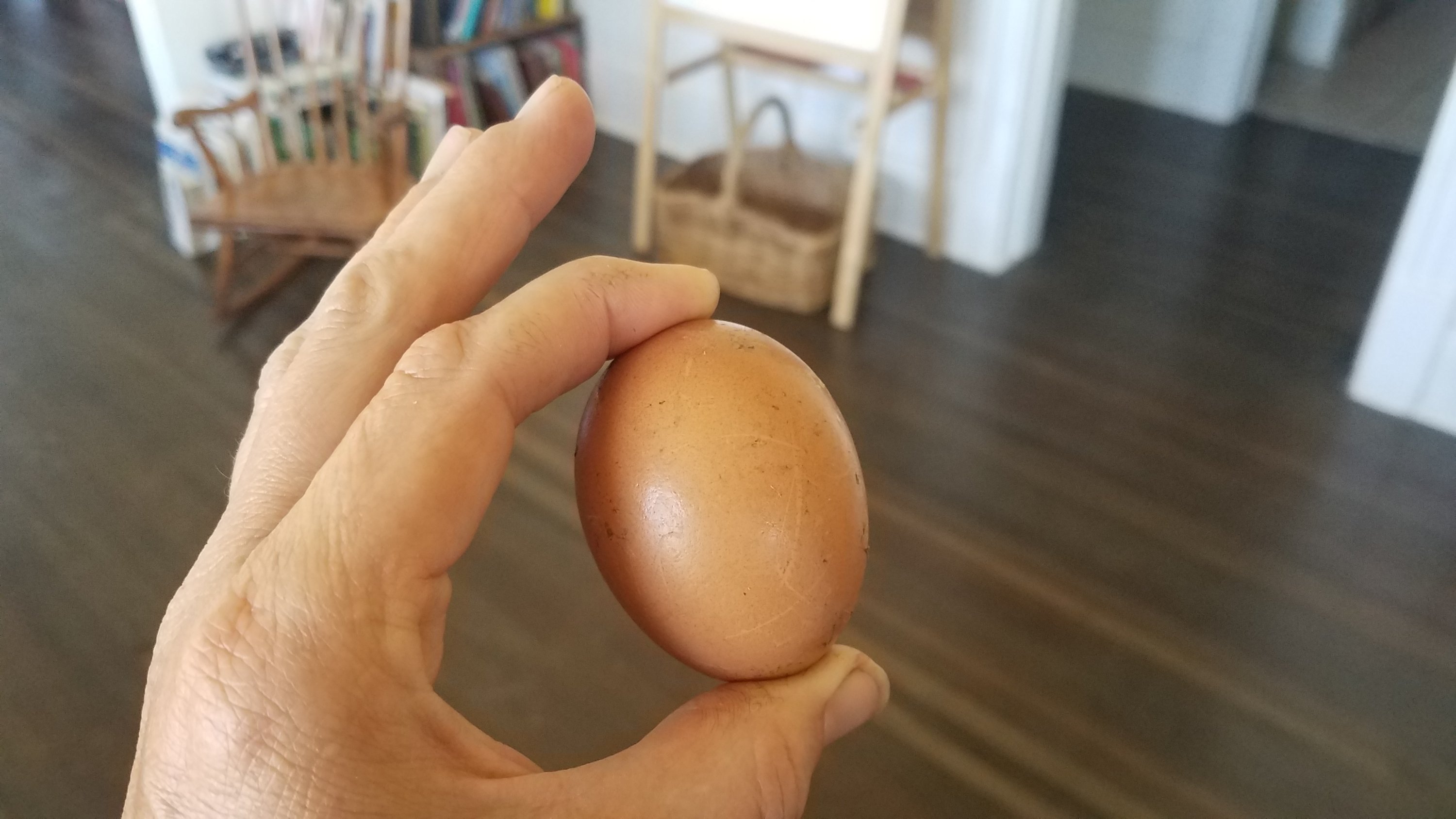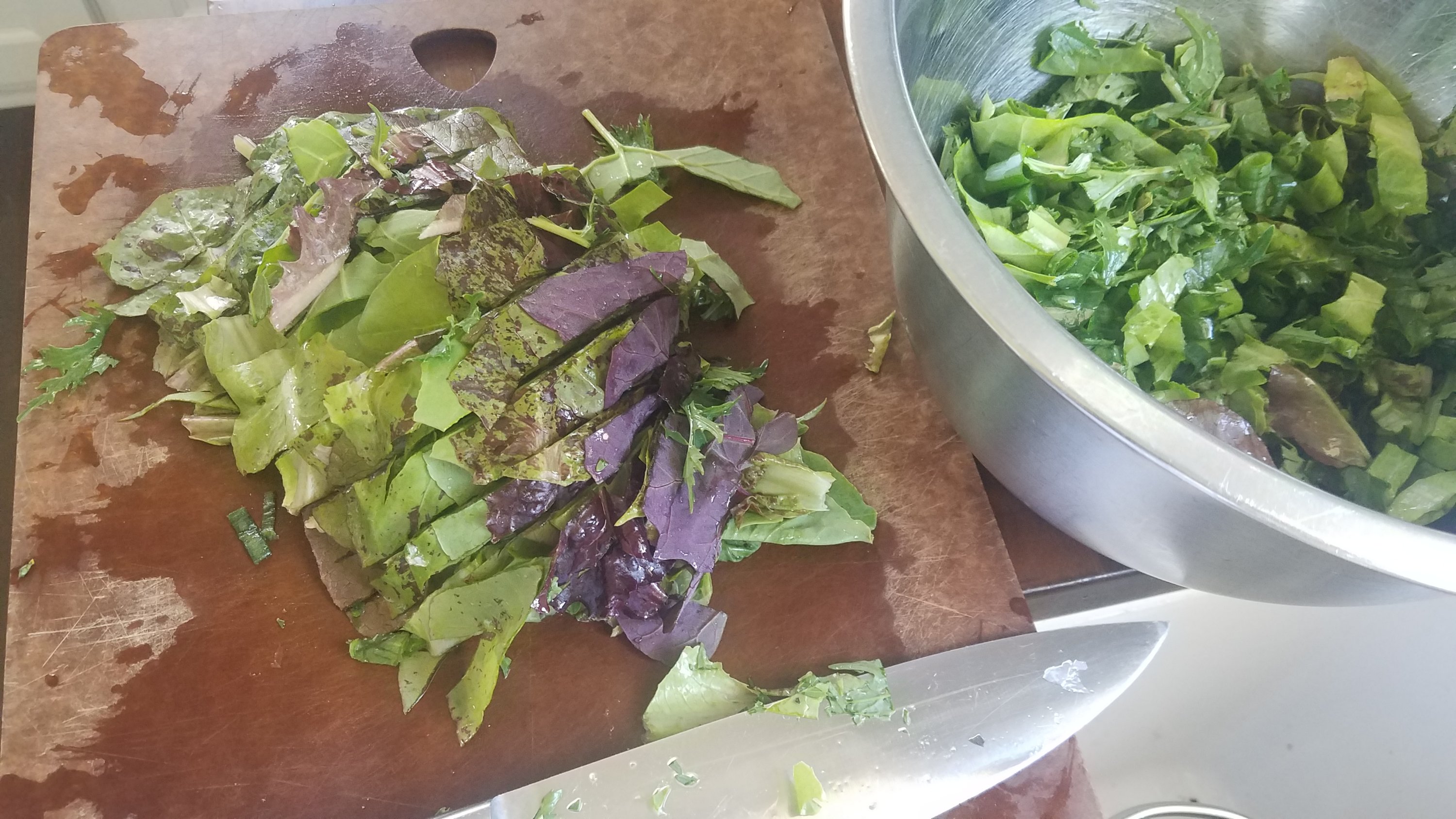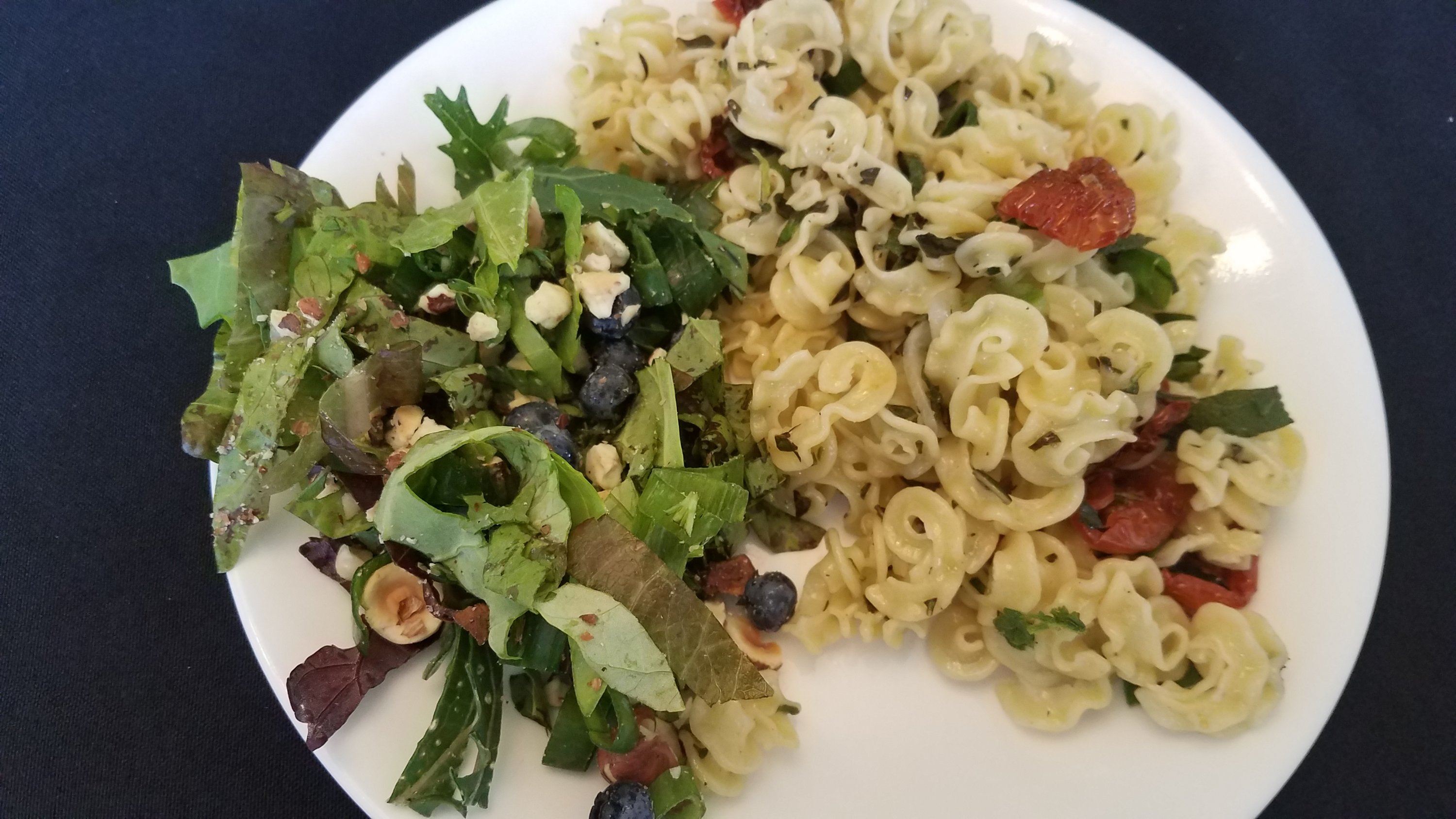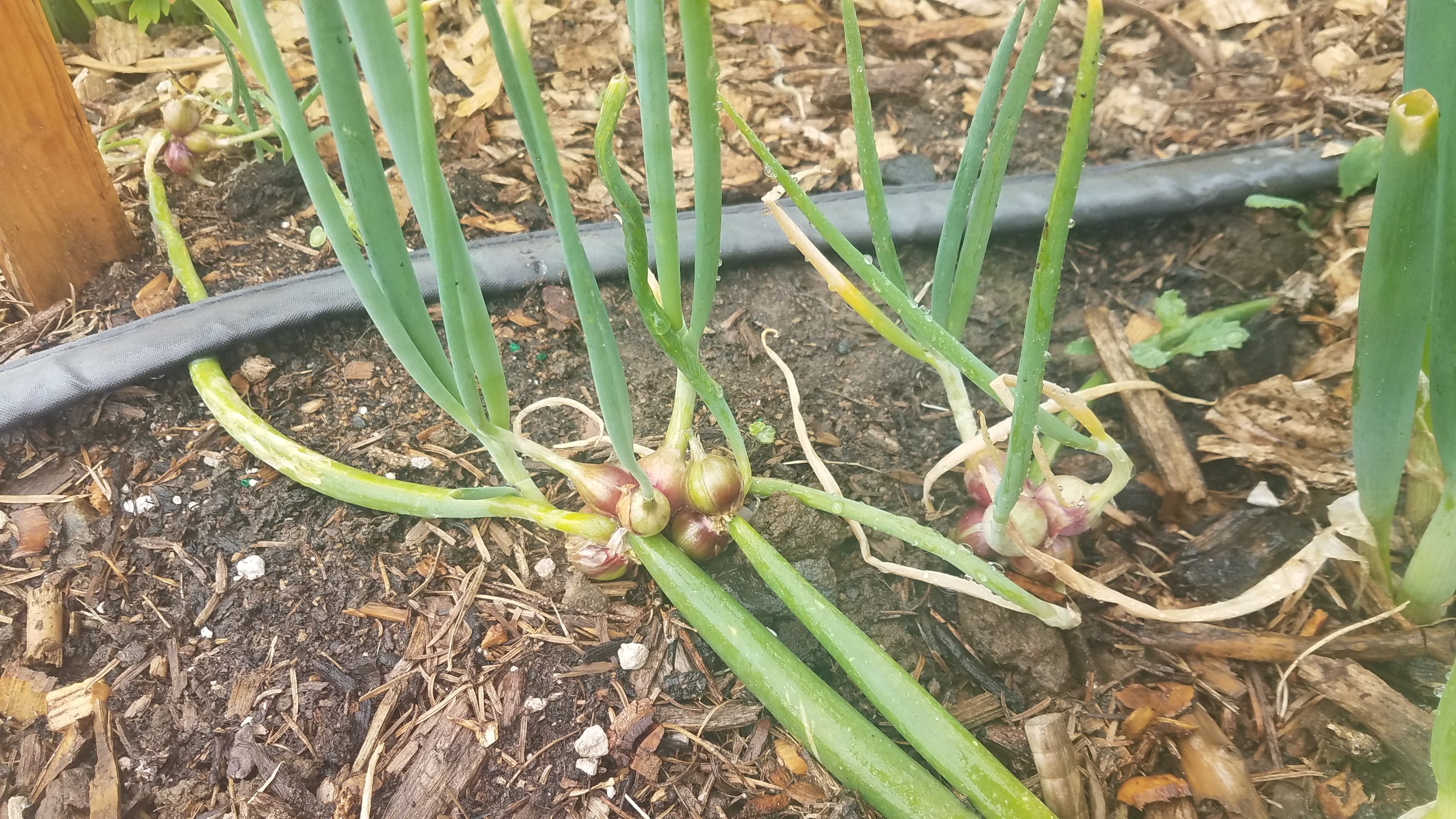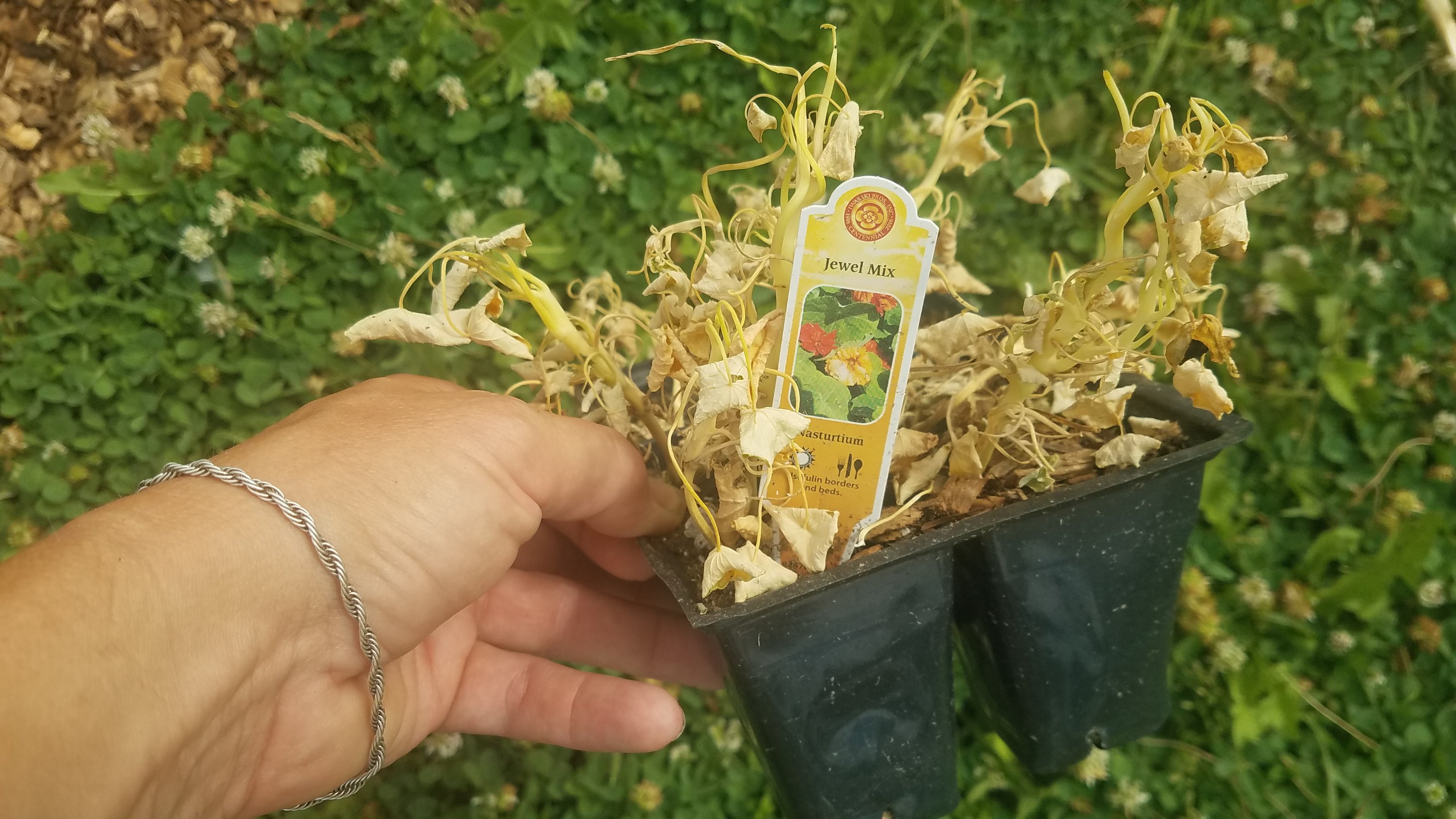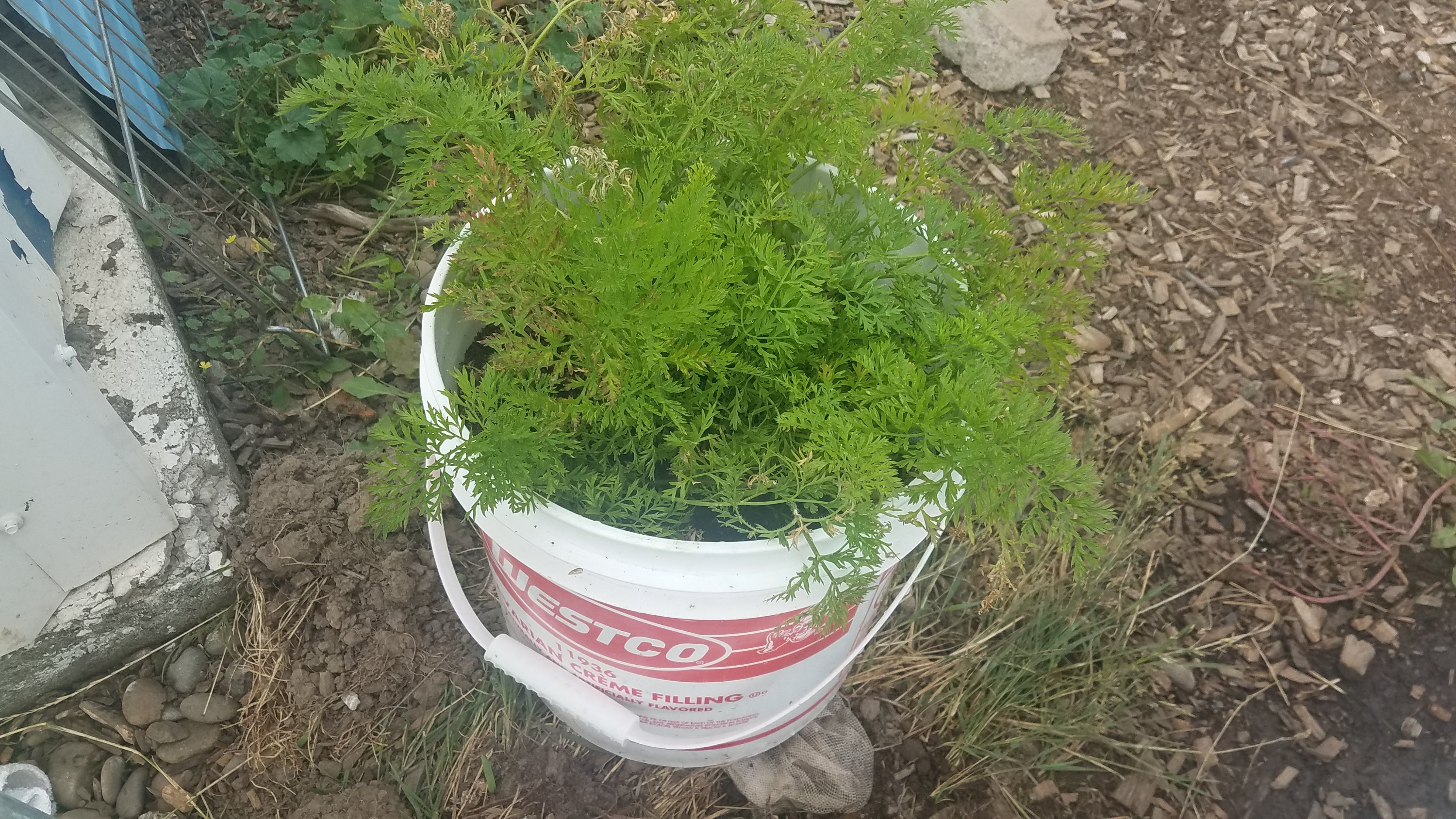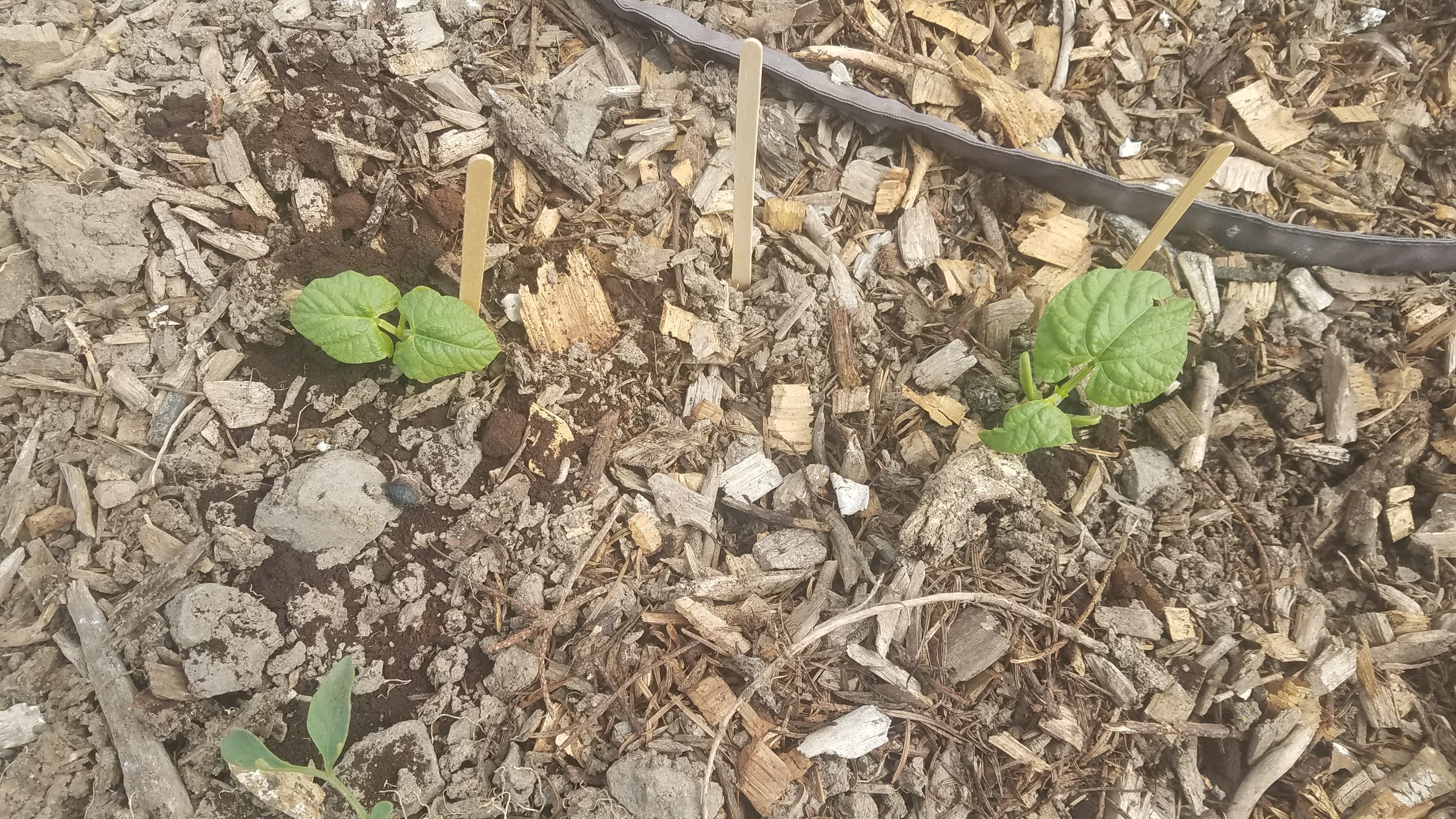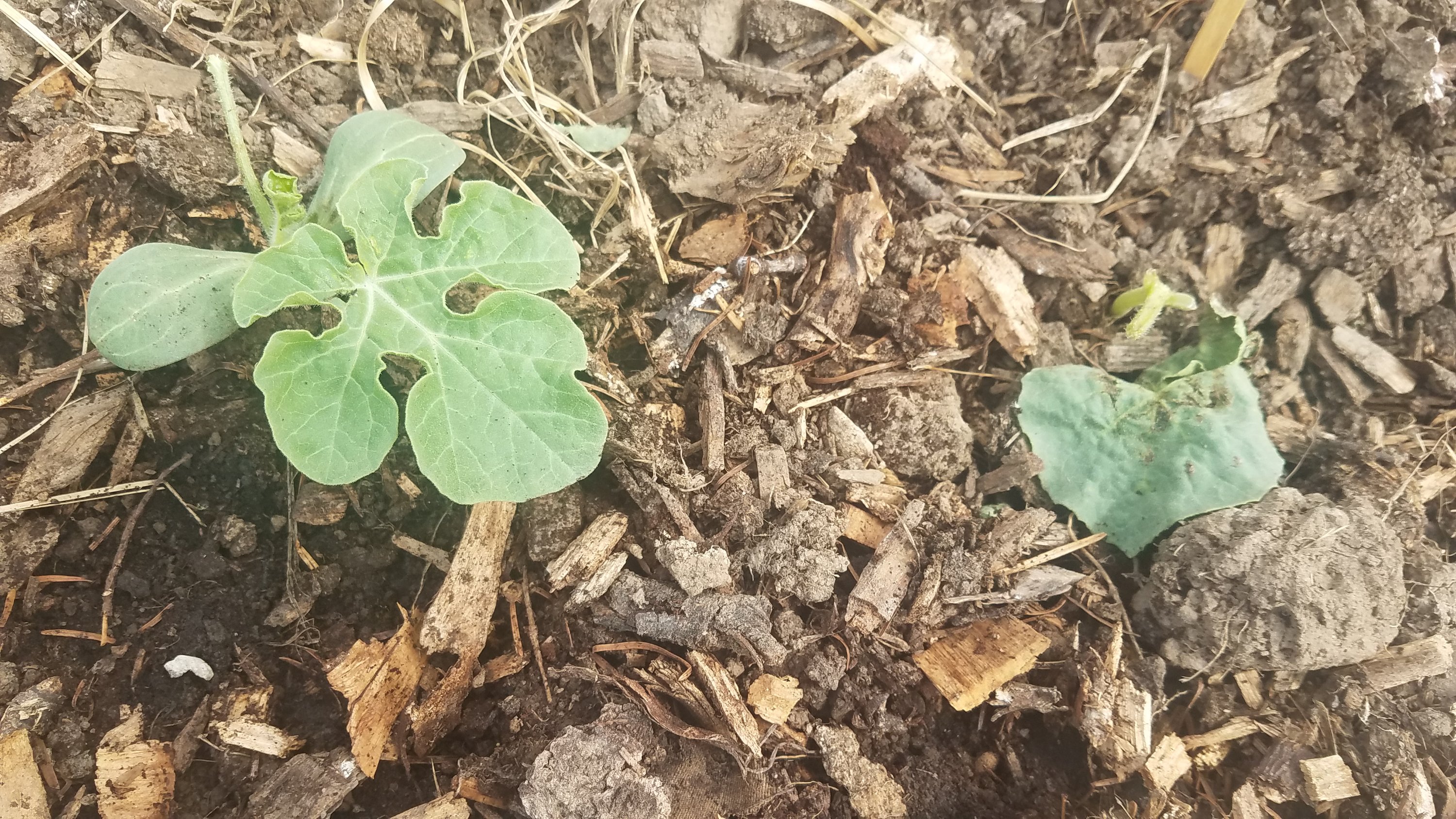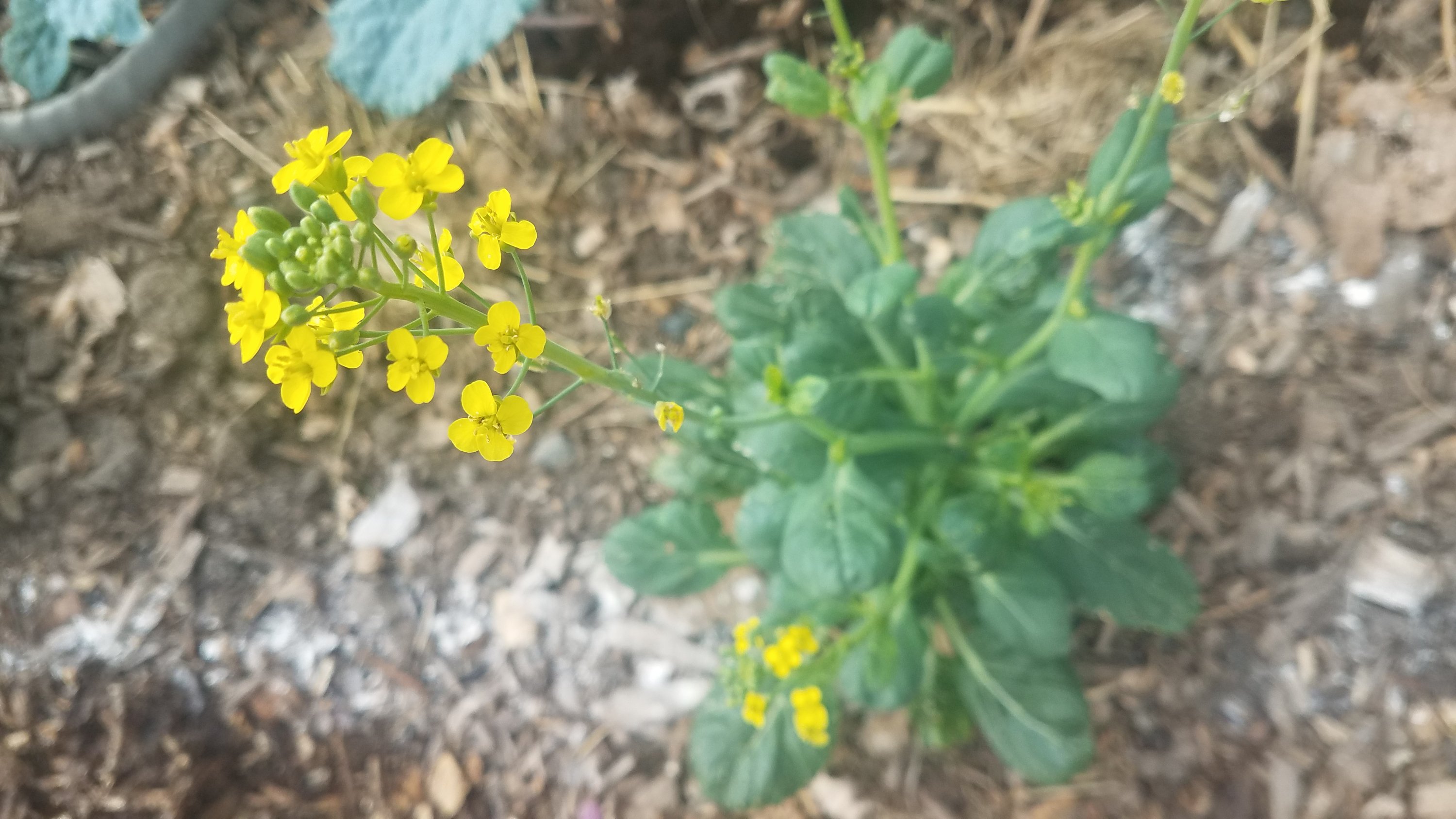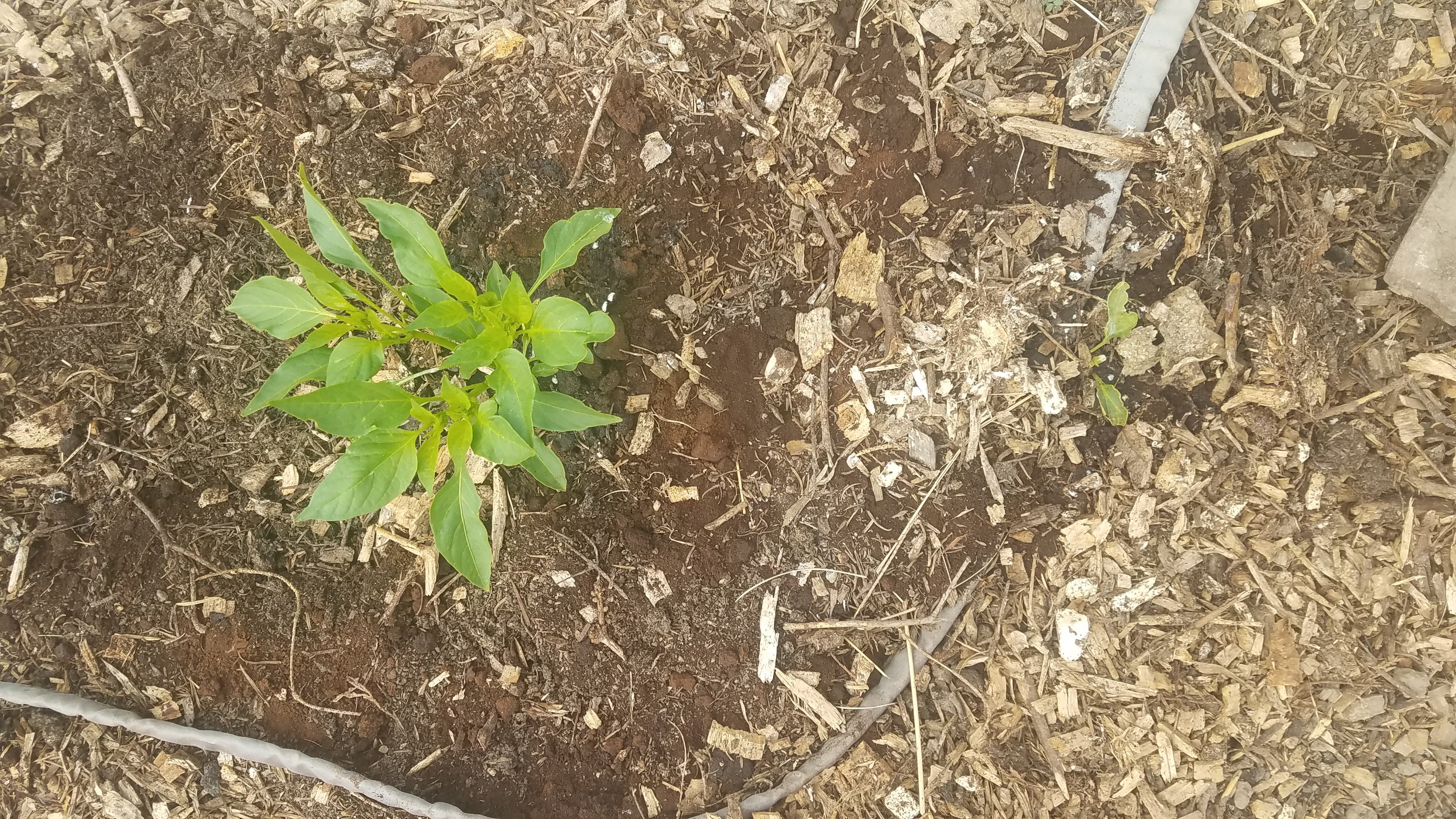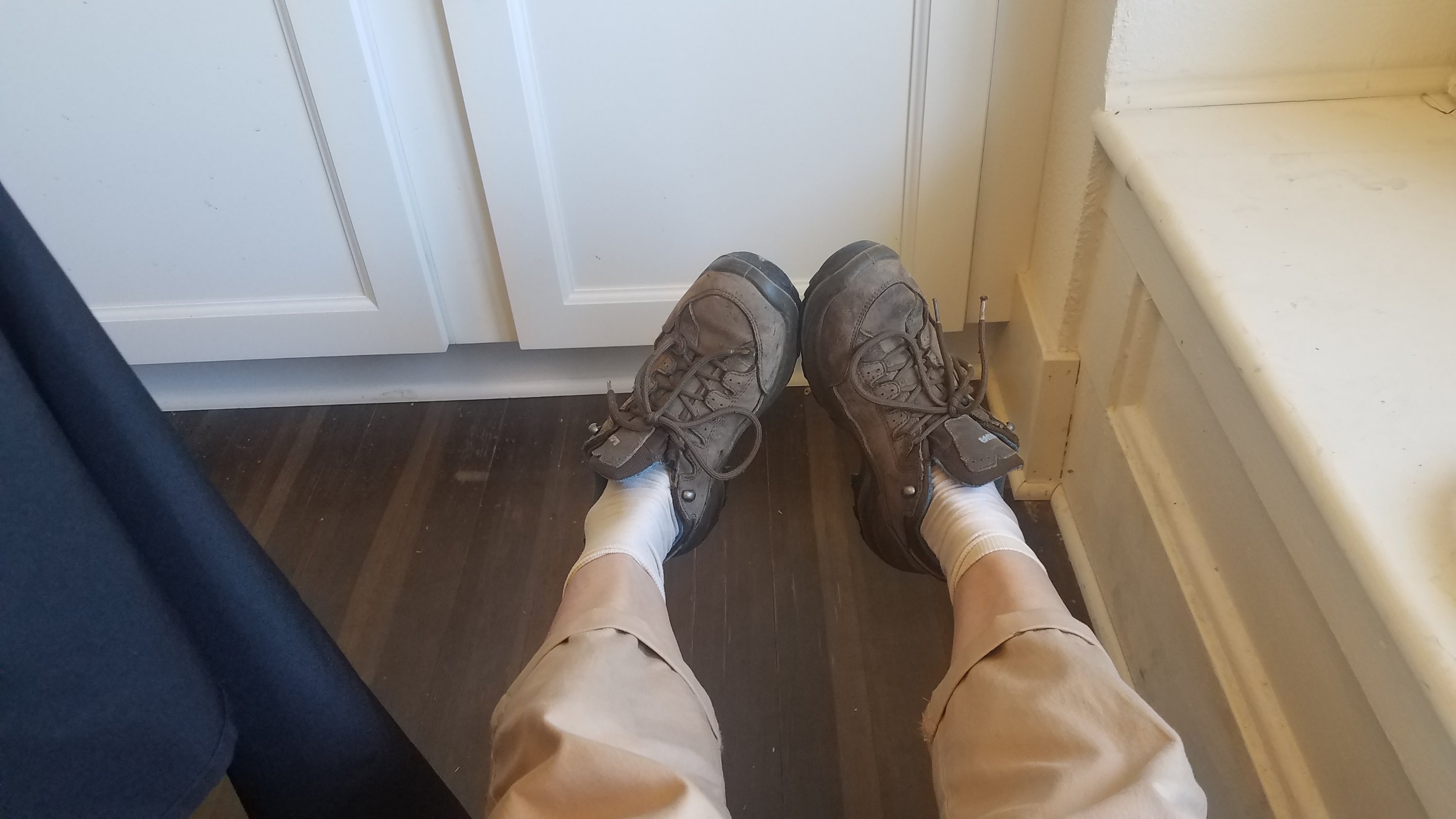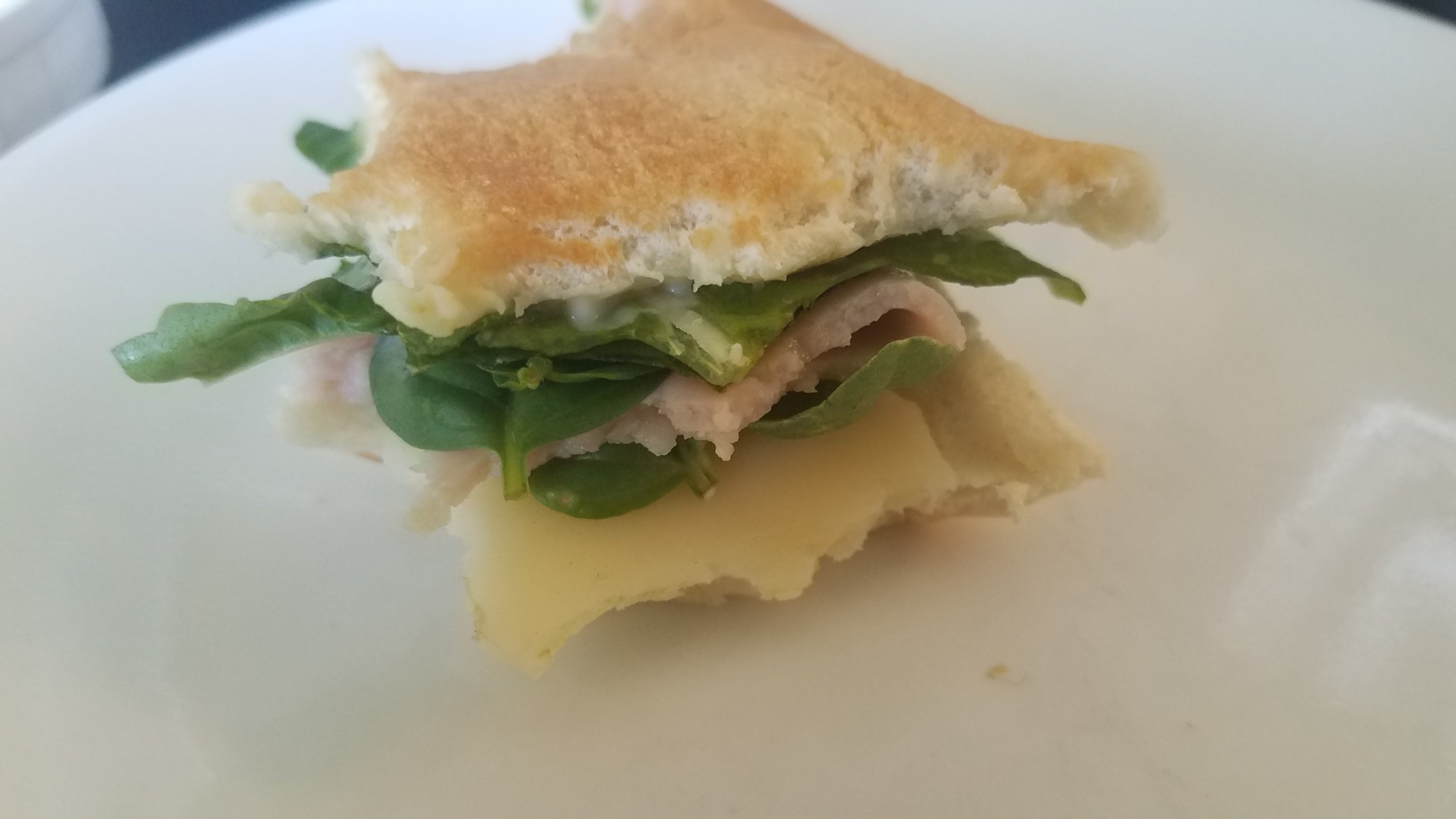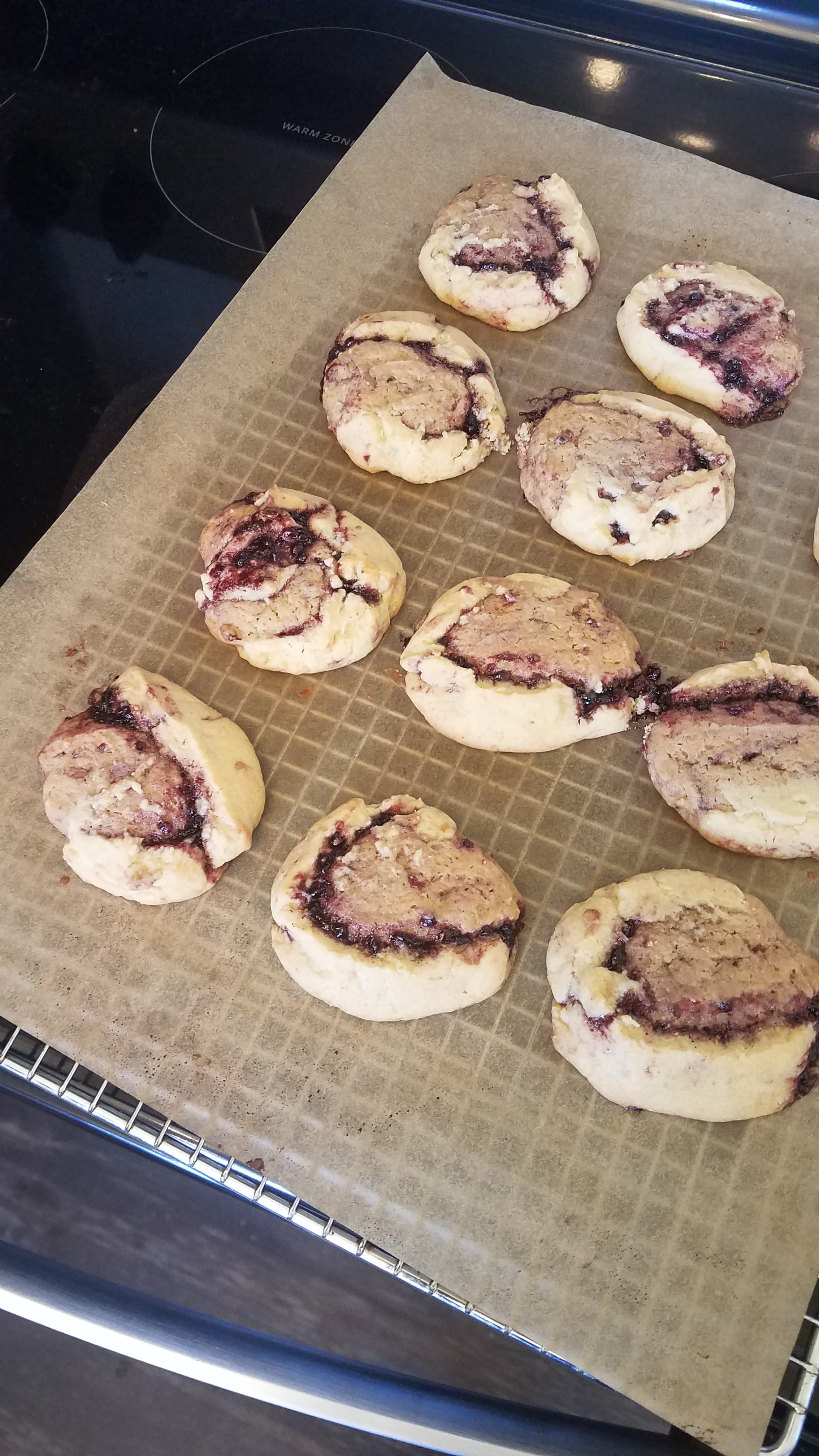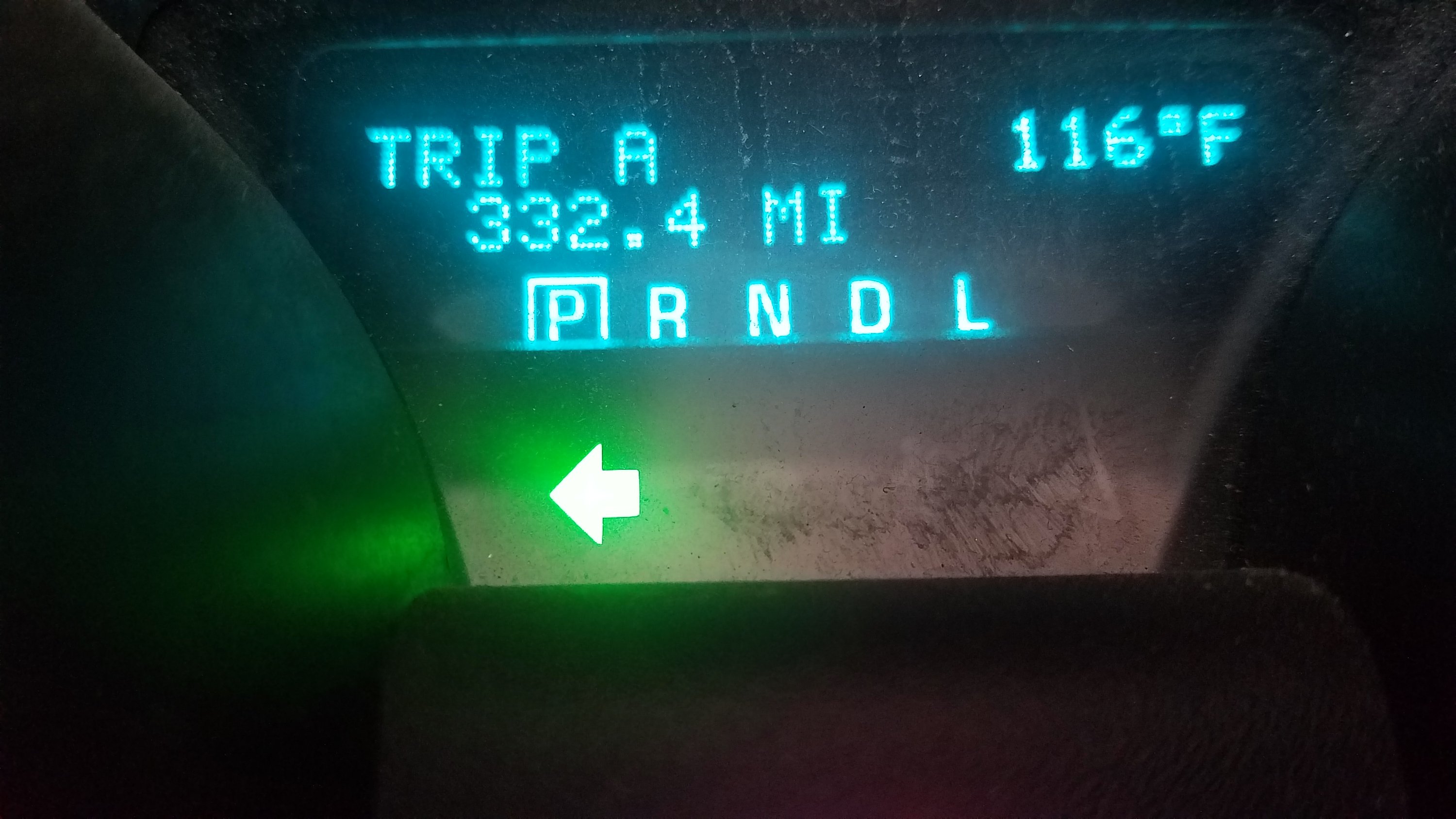It’s Monday, August 9th and I am just catching my breath from the flurry of July “farmer drama” (or “fahmah drama”, as we like to say). Garden harvests, fall crop plantings, food preservation, and late nights. My upper back aches by then end of every day–but it’s an ache that I live for. It means that I’ve been on my feet, lugging water, reaching in awkward positions to grab a Sungold tomato that is buried inside a jungle of tomato vines or chasing a crew of “ducks on holiday” back to the pasture. I have pushed myself this summer to be a little more pioneersy, a little less Tik-Toky. (But for reals, I learned how to drop an egg in a pan to crack it perfectly, so thank you TikTok.)
I received a very sweet, generous gift from Josh this week–and I love it so much I miiight ask for it next year, too. He took the kids on a trip and let me stay home. This is my week to garden, read, can beans, dehydrate grapes, brew vinegar, pick blackberries, catch up on going through my piles of projects, and make a massive kitchen mess without worrying about what to prepare for dinner. It’s a lovely gift and it comes at the perfect time. Yes, I do all these things (and more) while the kids are home, but usually it’s interwoven with afternoon trips to the river, a ride to a store, a meal, help with a project, clearing everyone’s stuff off the kitchen table before dinner, sitting and listening, or just watching the ducks with the kids. I am enjoying this time to be a “controlled environment” homemaker instead of a “real world” homemaker. I know this week is a luxury, and I’m loving every minute.
While I type this, I’m sitting across from a sputtering pressure canner, watching the dial gauge as if my life depends on it (’cause it kinda does–oh hello, Clostridium botulinum, we were just talking about you). I take pressure canning very seriously, and do my best to follow precautions 100%. In the 22 years that I have mommed the heck out of this family, we’ve never had any issues with food-borne illness. I like to be super safe while canning, as well as when I’m cooking meat (which we eat sparingly) or preparing any food for the family.
So, today I pressure canned beans + beets and dehydrated grapes. That doesn’t seem like much, but it also included planting a new row of beans and beets, harvesting the grapes from Merrie’s house, and preparing the harvest to be canned.
Tomorrow, I’ll try to get a load of blackberries harvested to last us until next August! My goal is to preserve 12 quarts with a few extra quarts for blackberry plum jam and blackberry vinegar.
